-
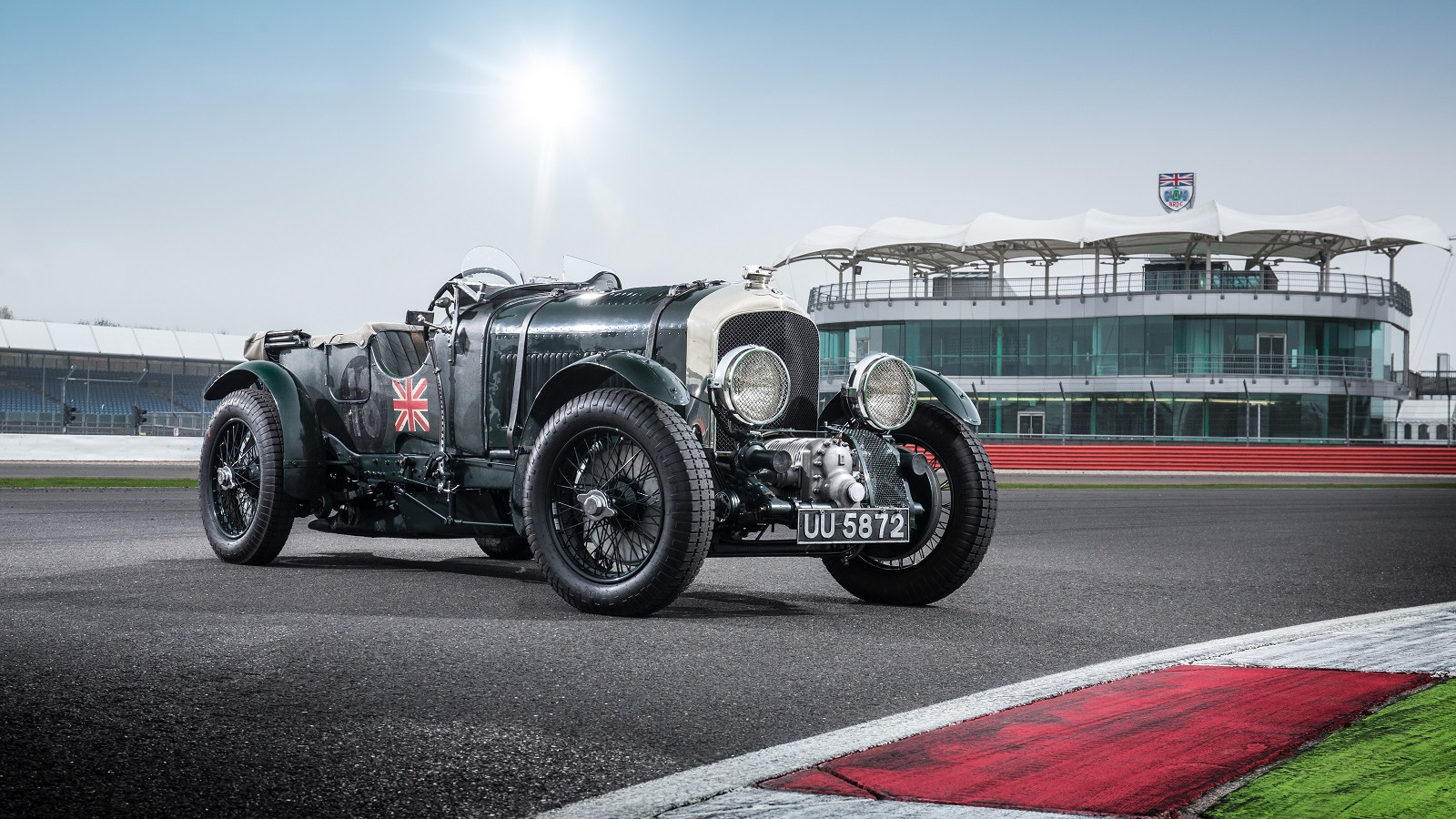 © Bentley Motors
© Bentley Motors -
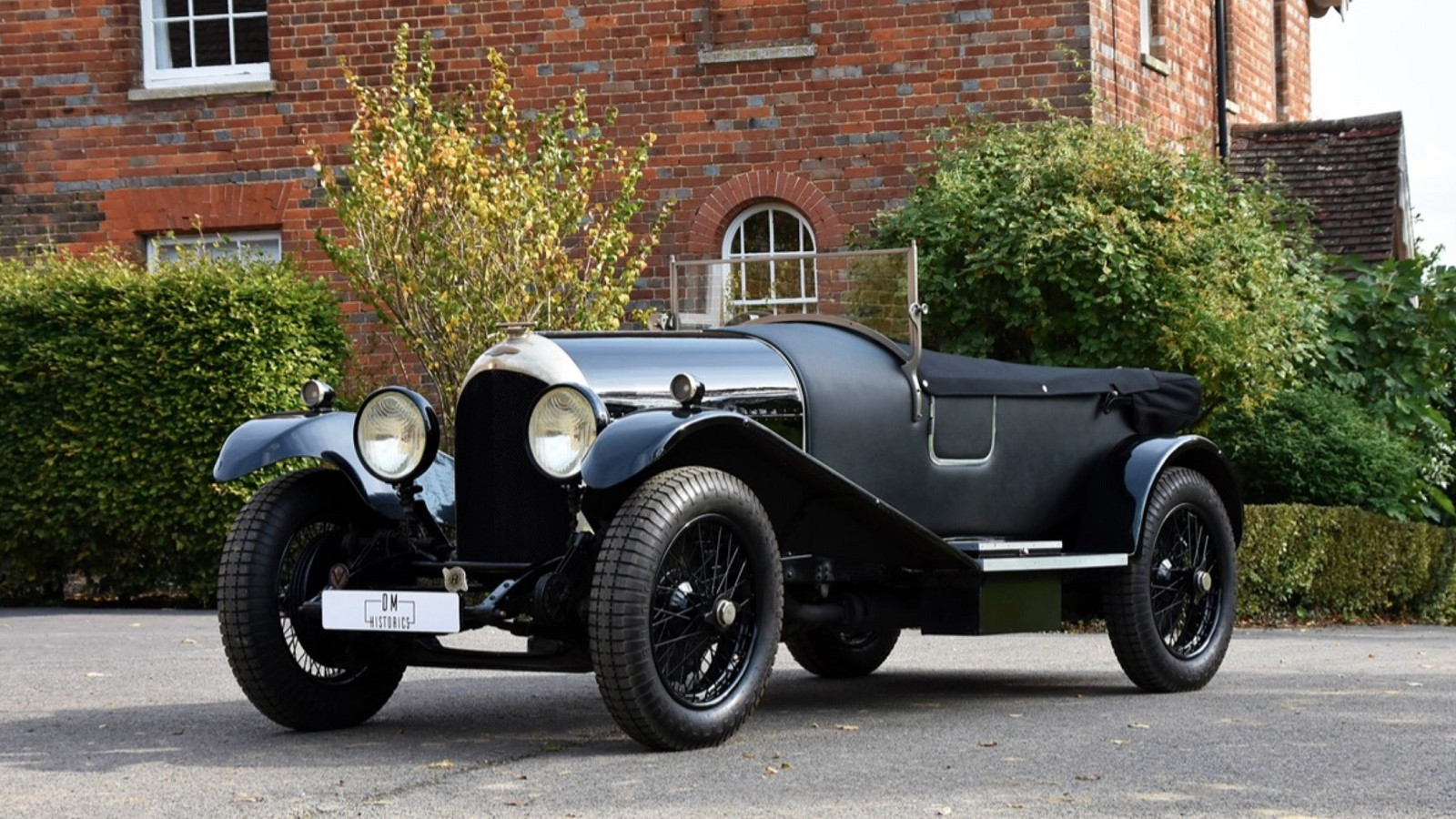 © DM Historics
© DM Historics -
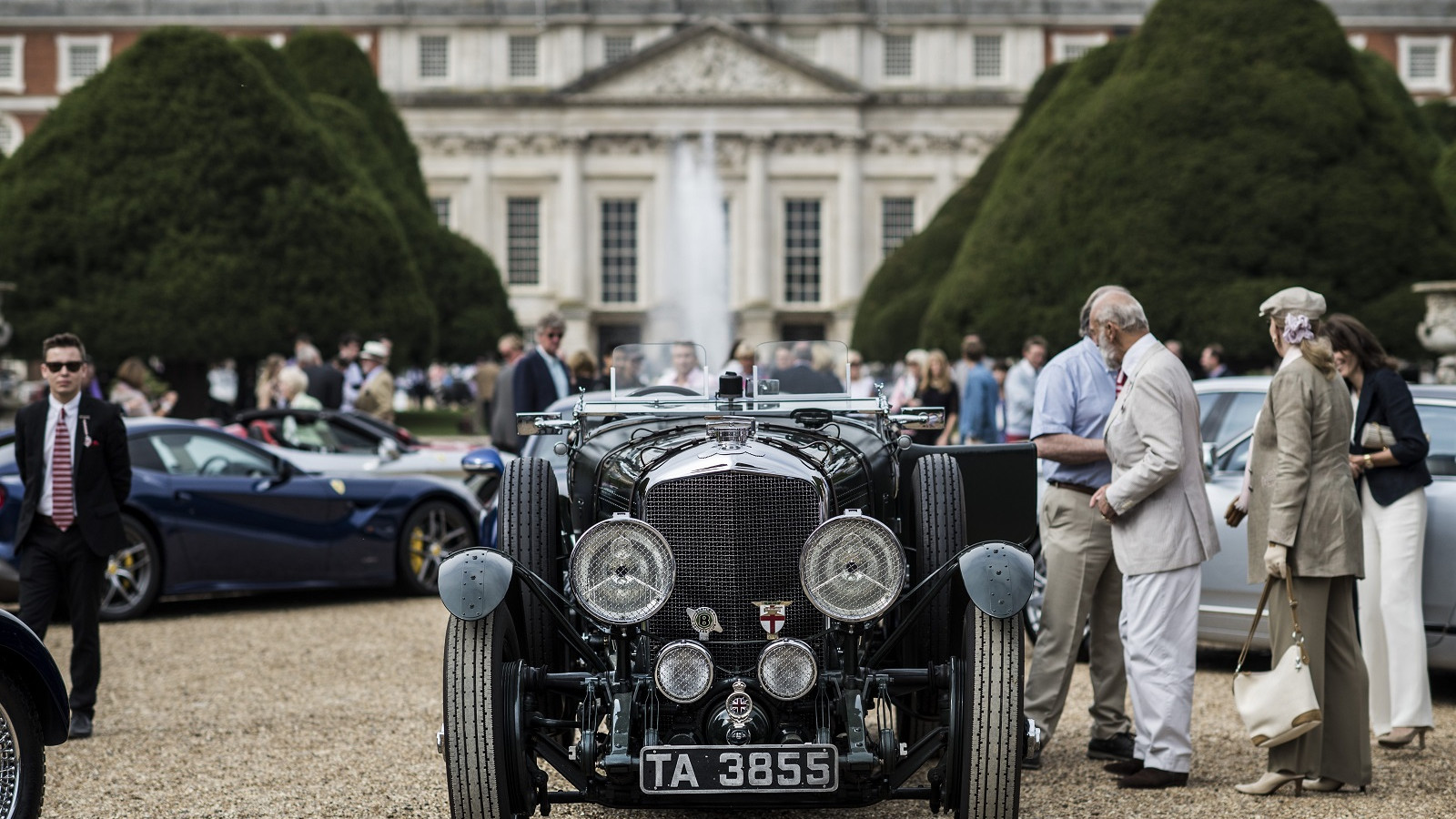 © Matt Ankers/Concours of Elegance
© Matt Ankers/Concours of Elegance -
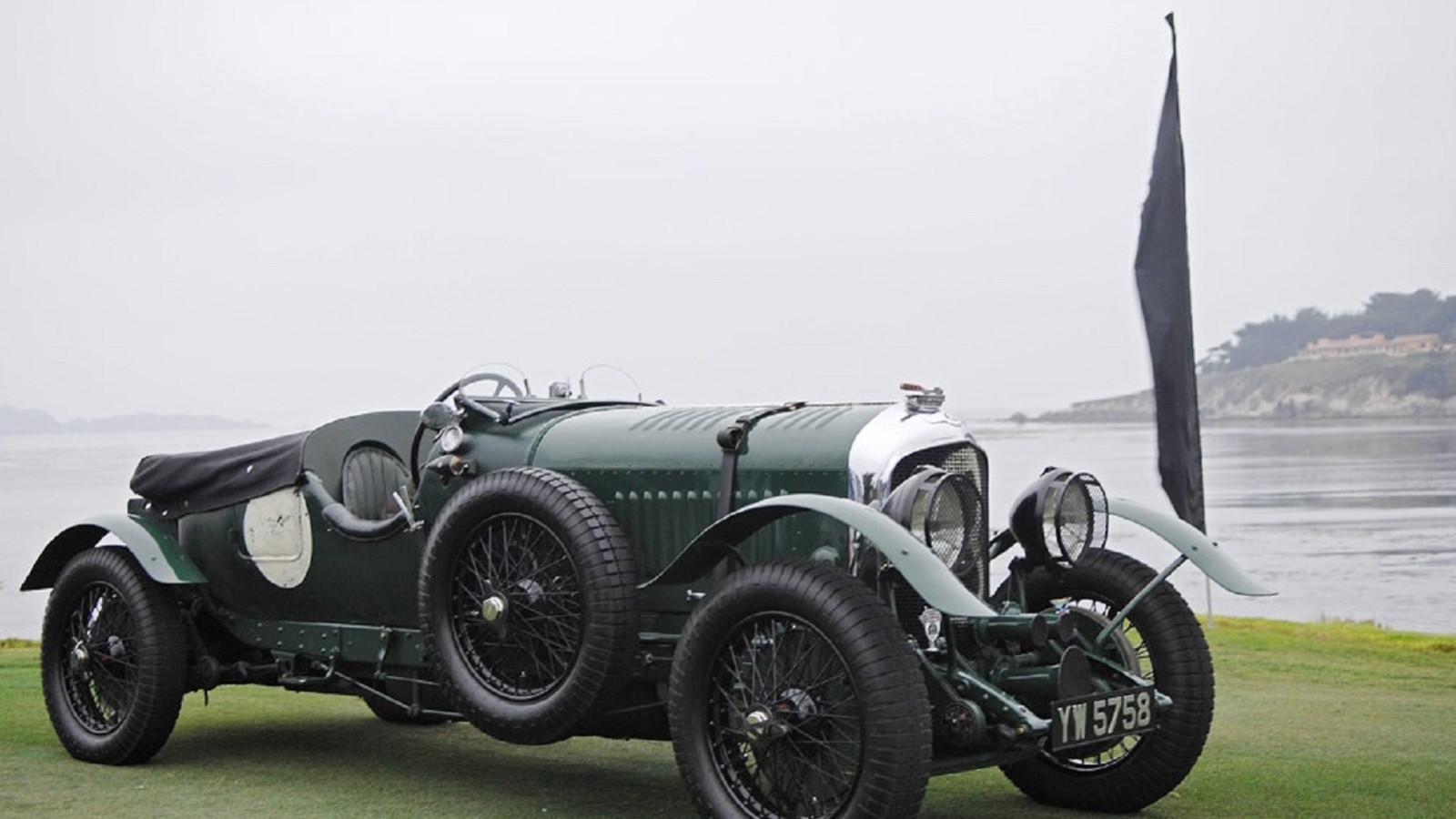 © Concours of Elegance
© Concours of Elegance -
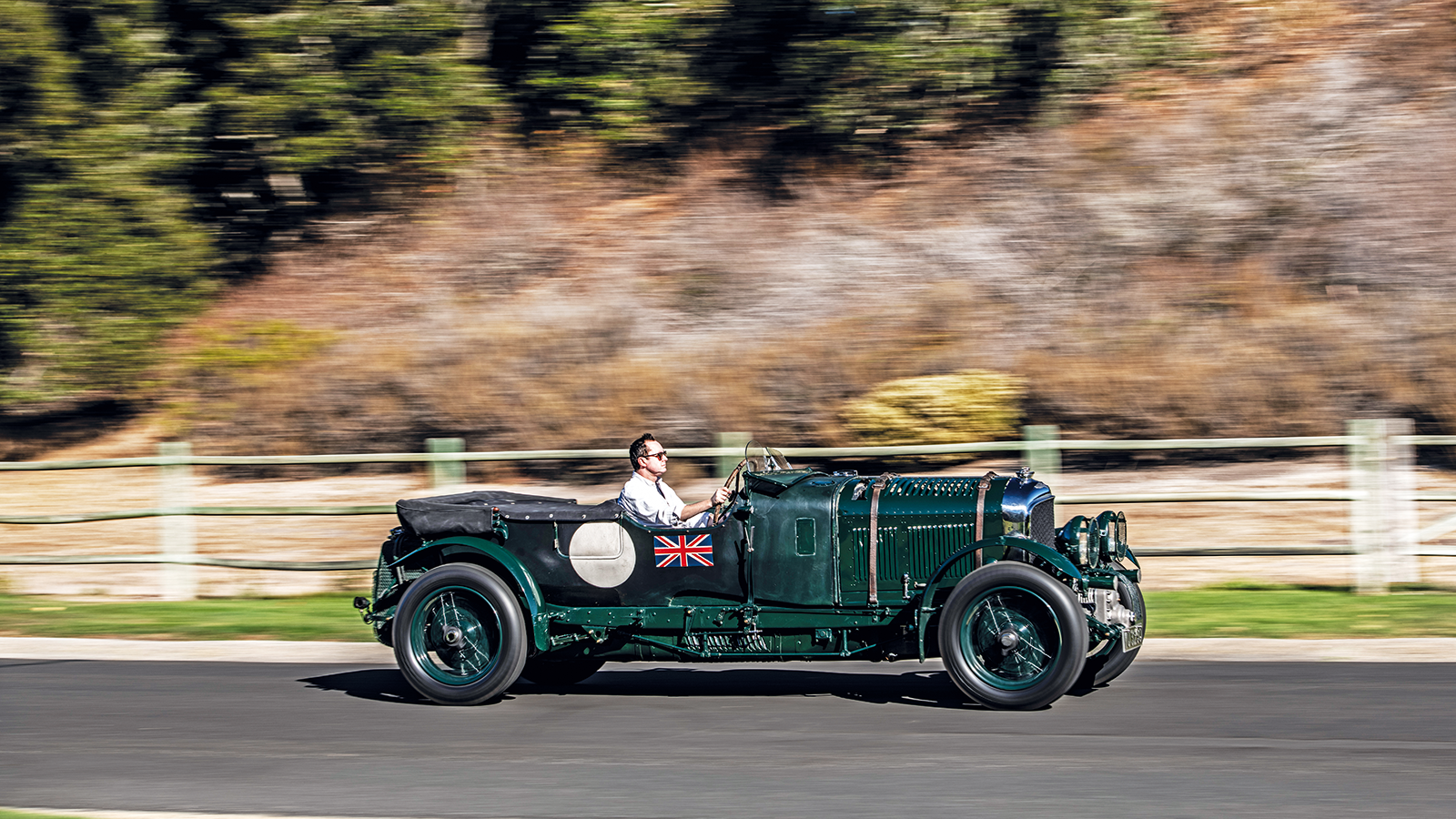 © Drew Philips/Classic and Sports Car
© Drew Philips/Classic and Sports Car -
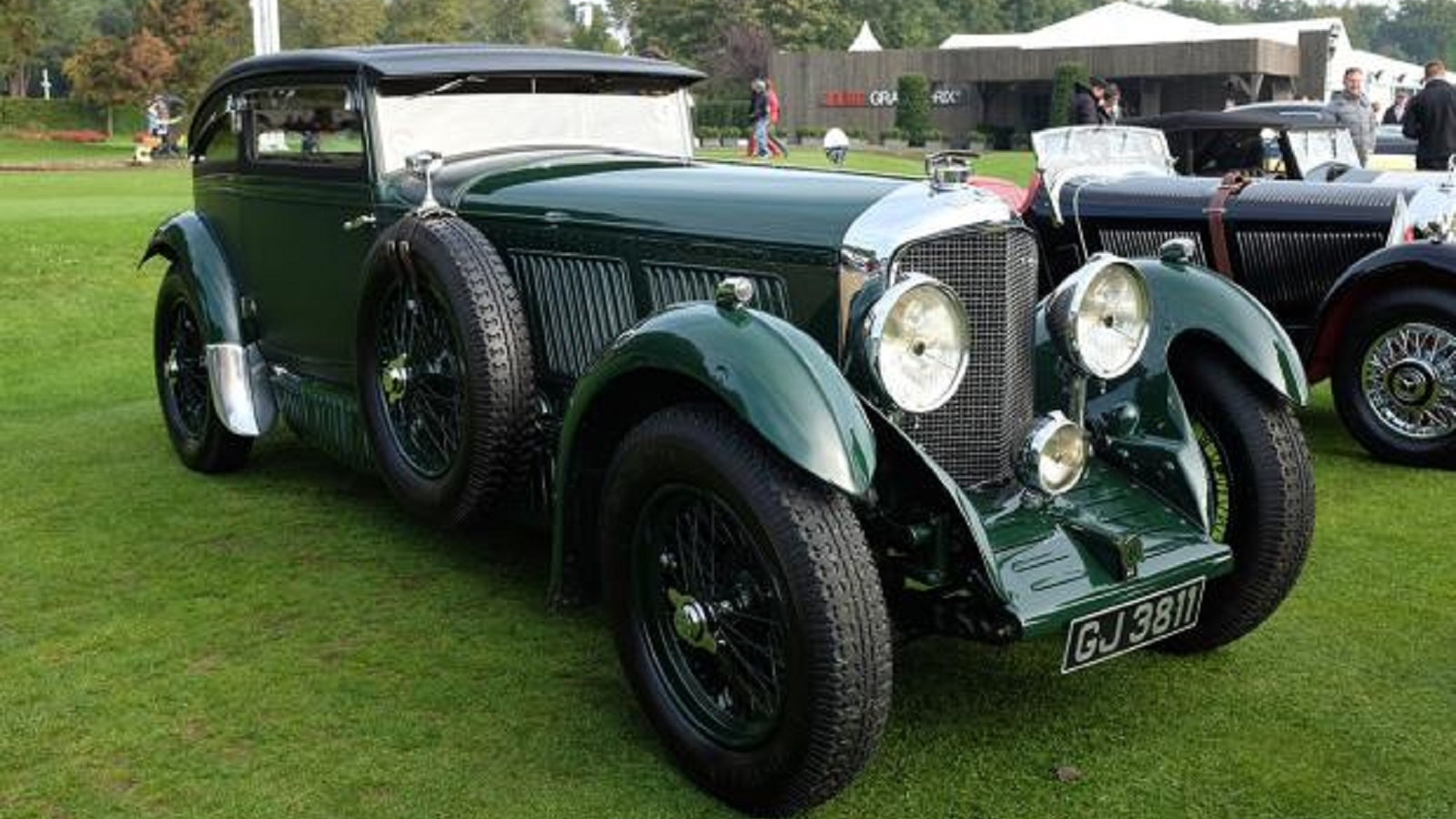 © Zoute Grand Prix
© Zoute Grand Prix -
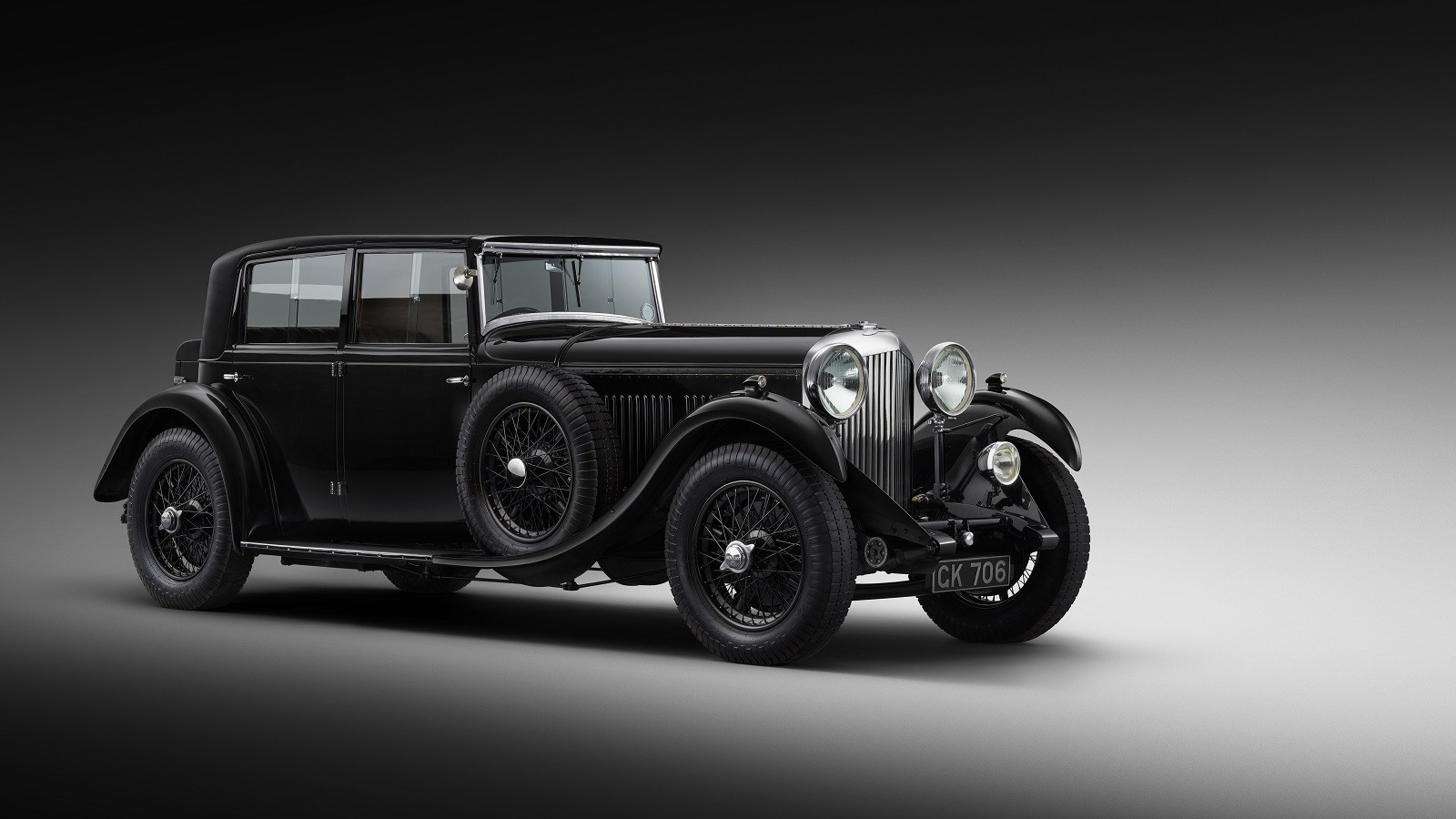 © Bentley Motors
© Bentley Motors -
 © Bonhams
© Bonhams -
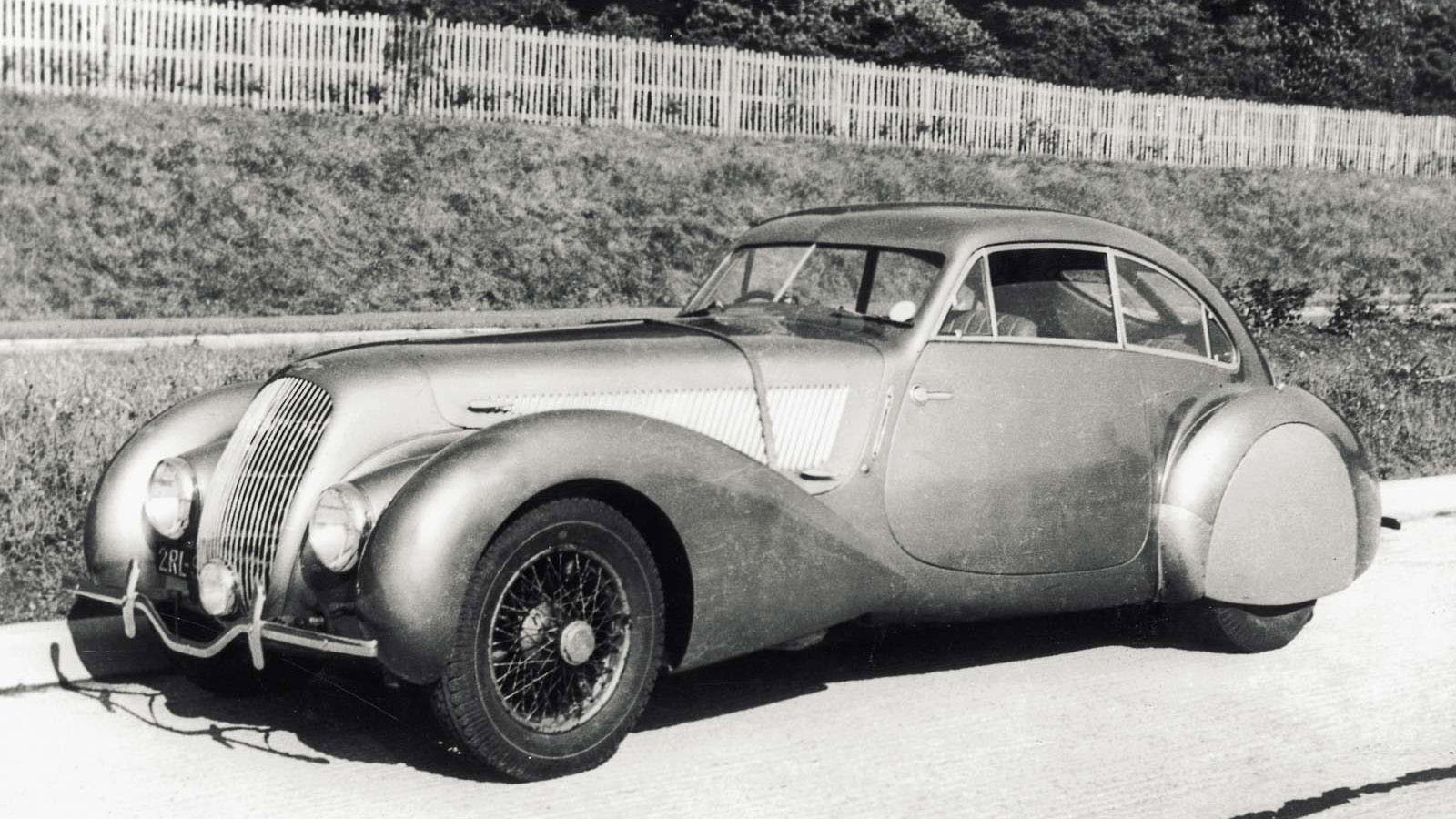 © Haymarket Automotive
© Haymarket Automotive -
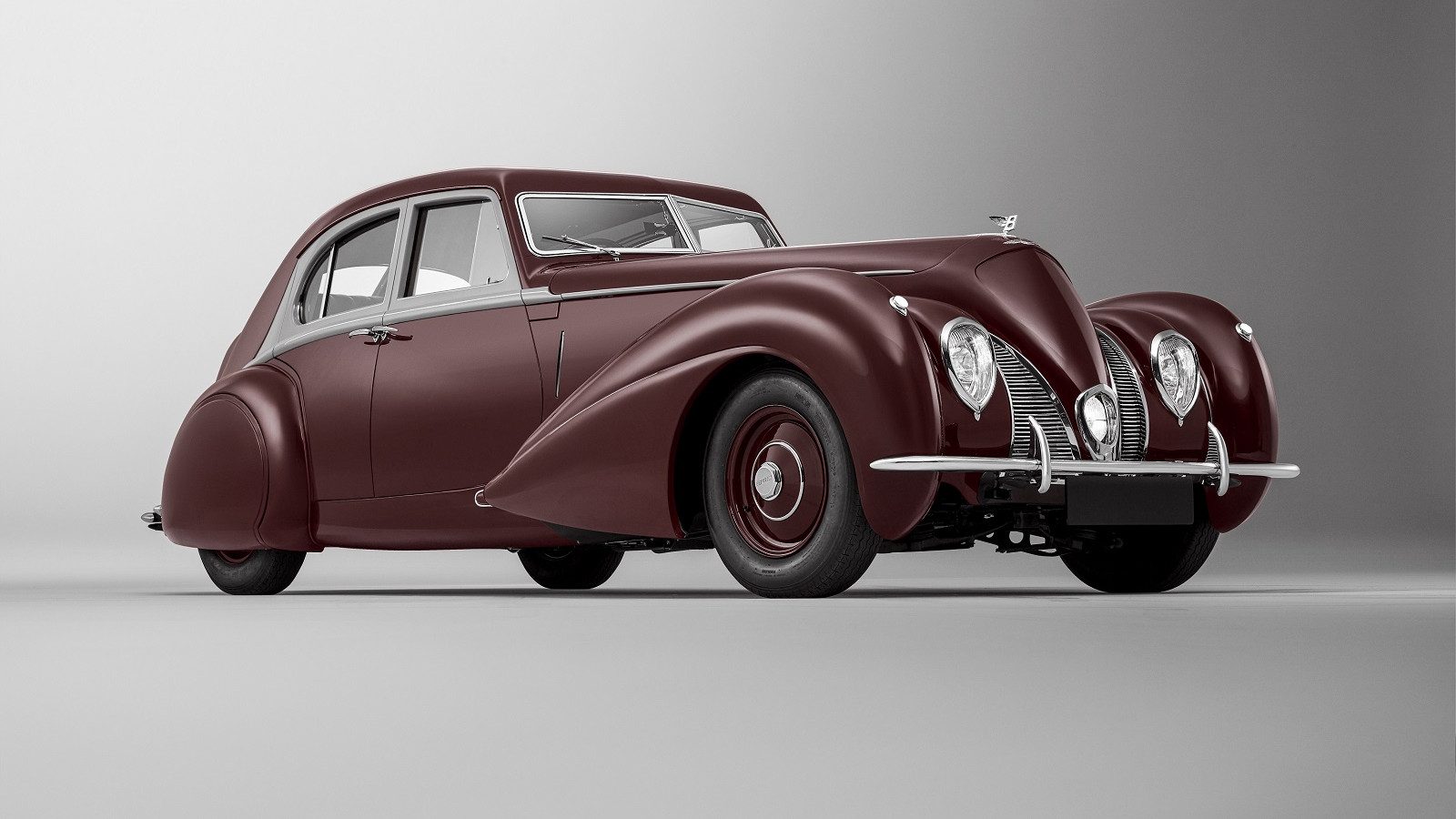 © Bentley Motors
© Bentley Motors -
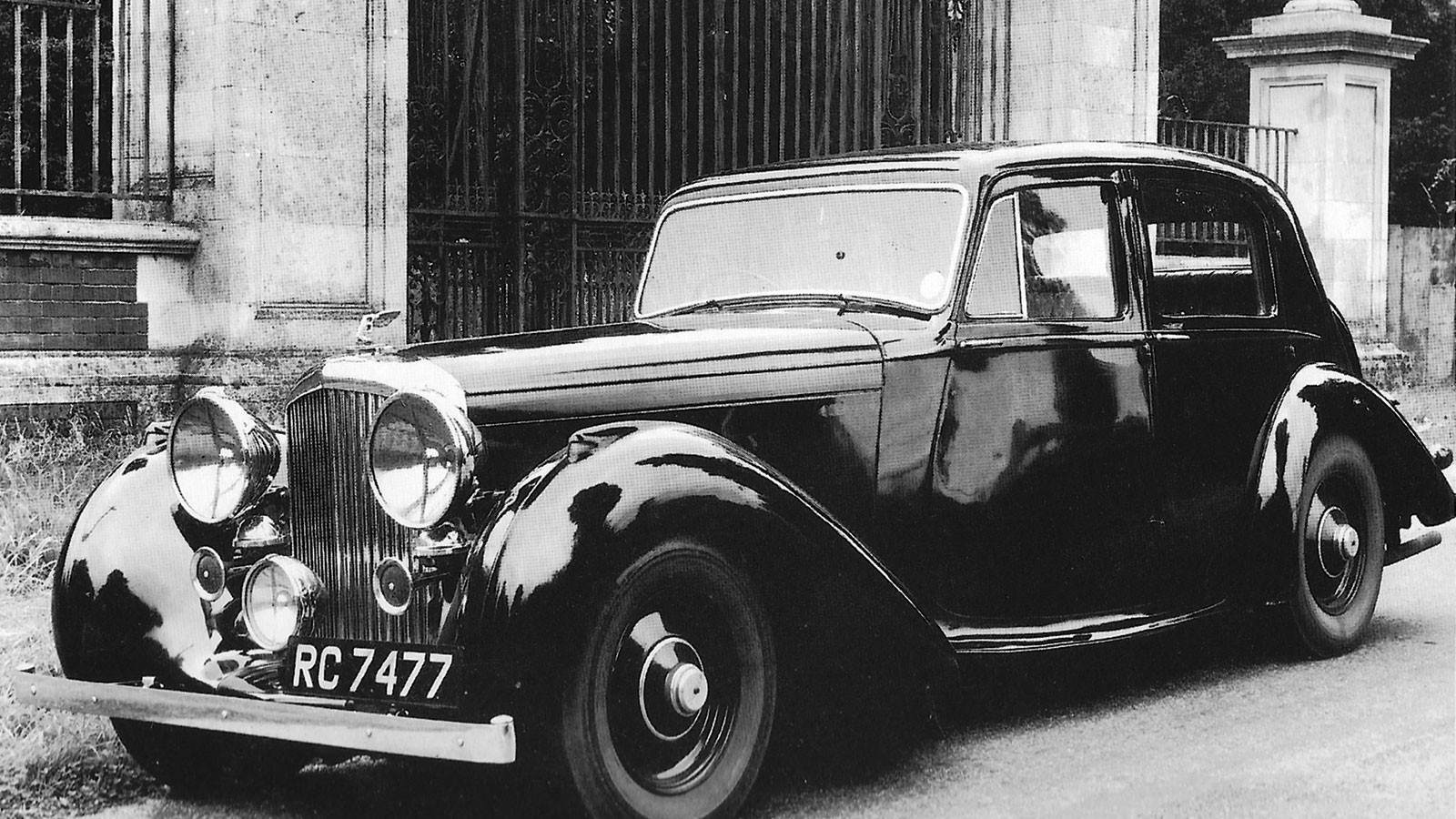 © Haymarket Automotive
© Haymarket Automotive -
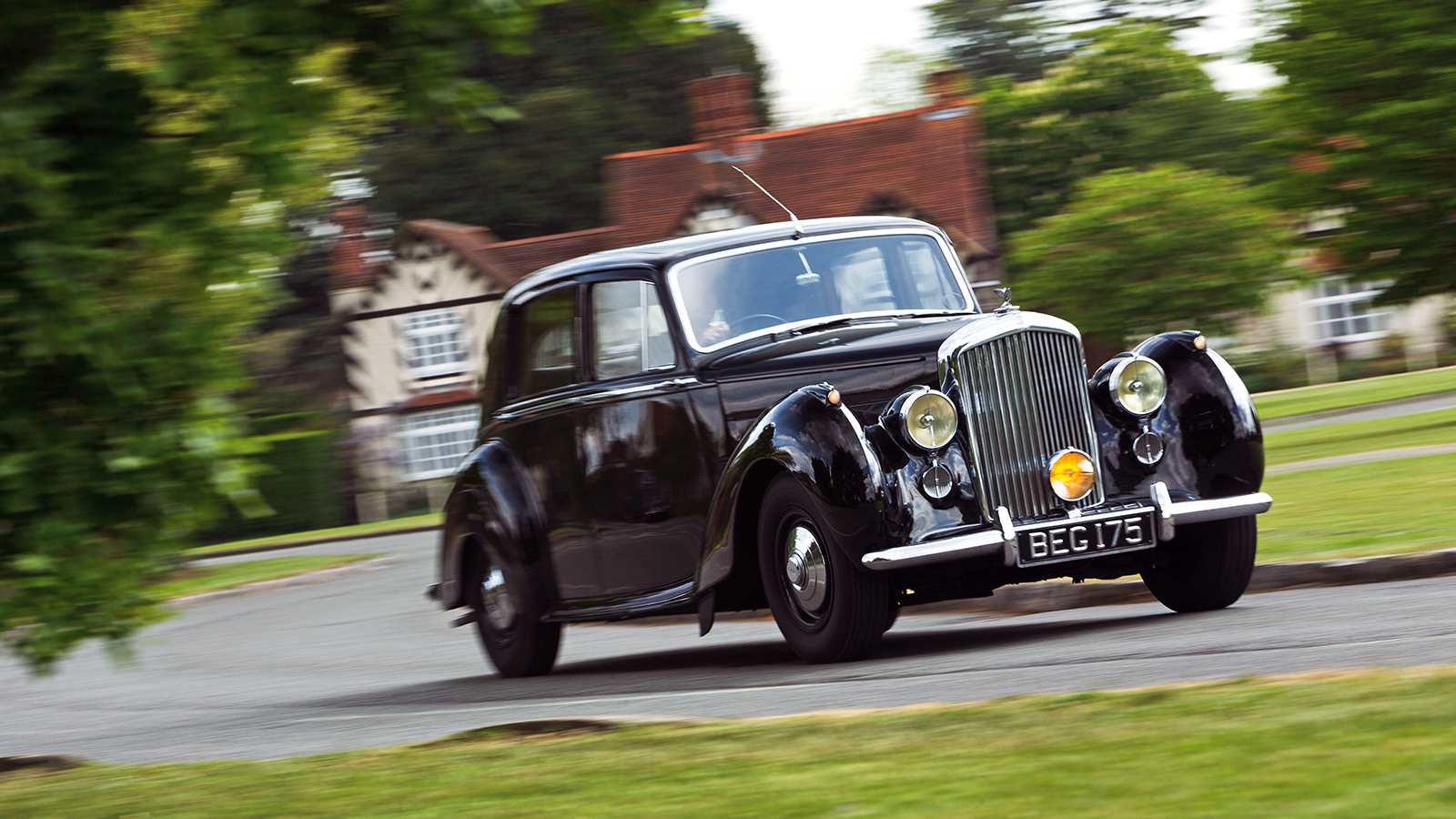 © Luc Lacey/Classic & Sports Car
© Luc Lacey/Classic & Sports Car -
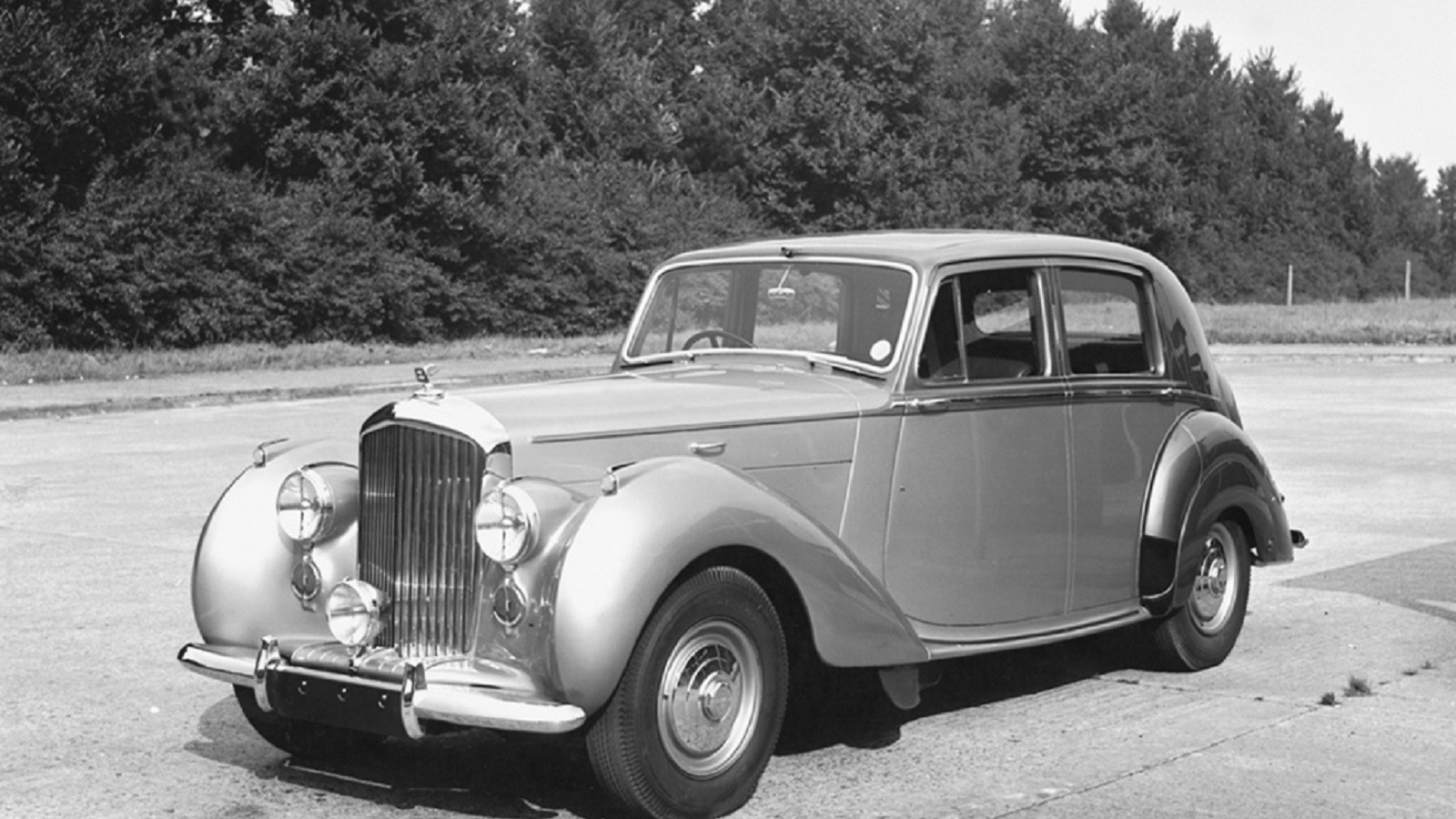 © Bentley Motors
© Bentley Motors -
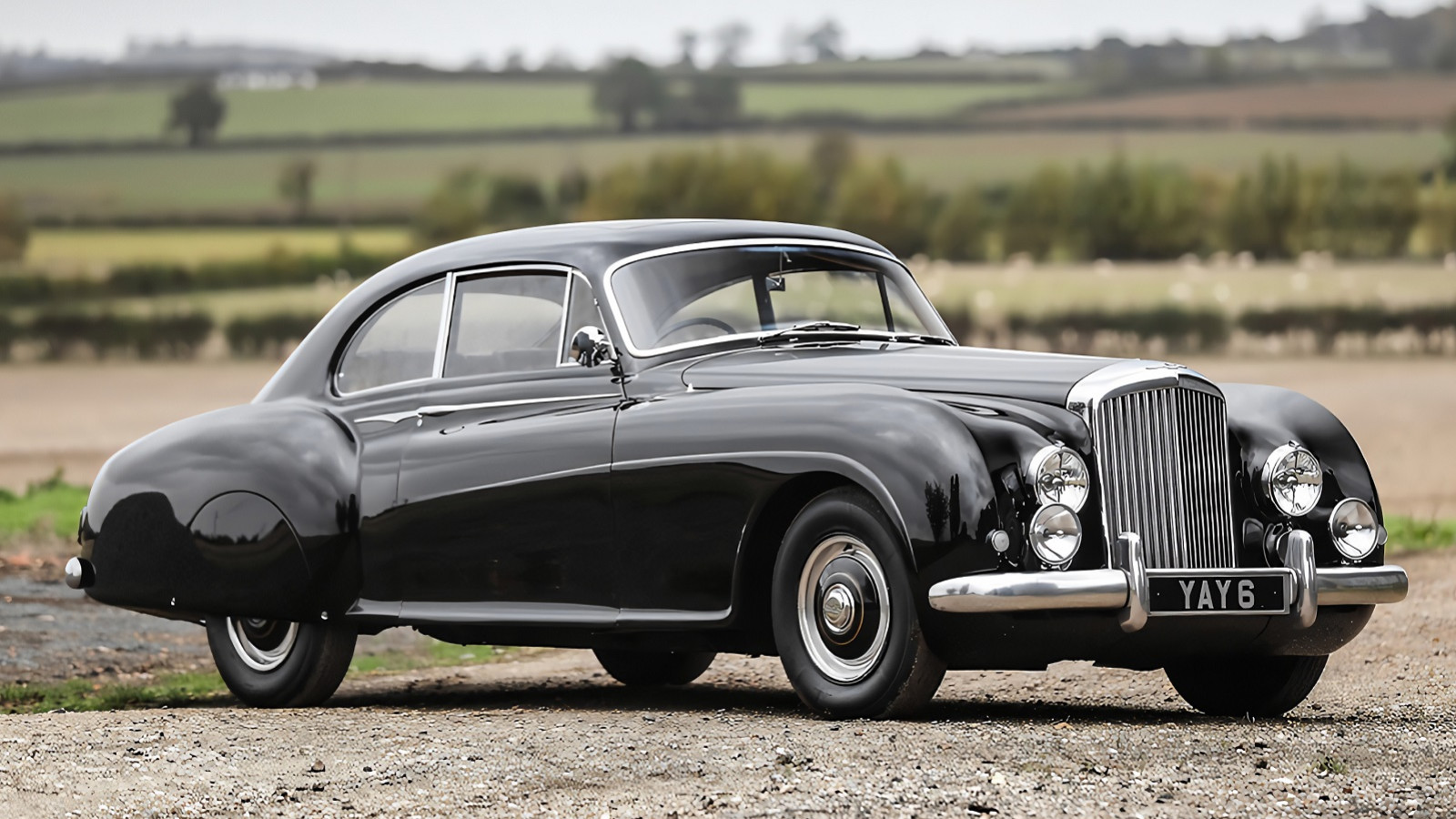 © Gooding & Company
© Gooding & Company -
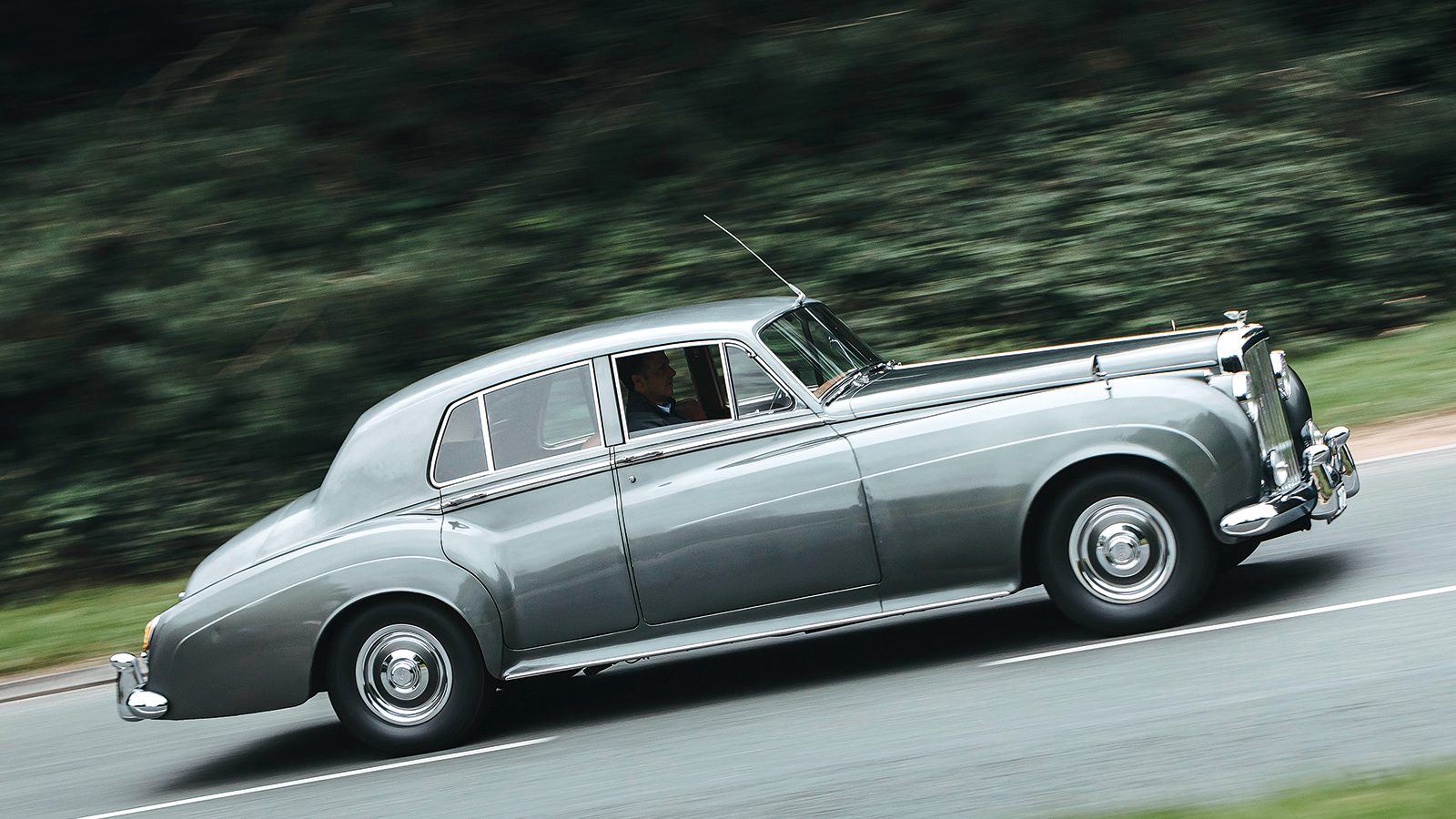 © Max Edleston/Classic & Sports Car
© Max Edleston/Classic & Sports Car -
 © Max Edleston/Classic & Sports Car
© Max Edleston/Classic & Sports Car -
 © Silverstone Auctions
© Silverstone Auctions -
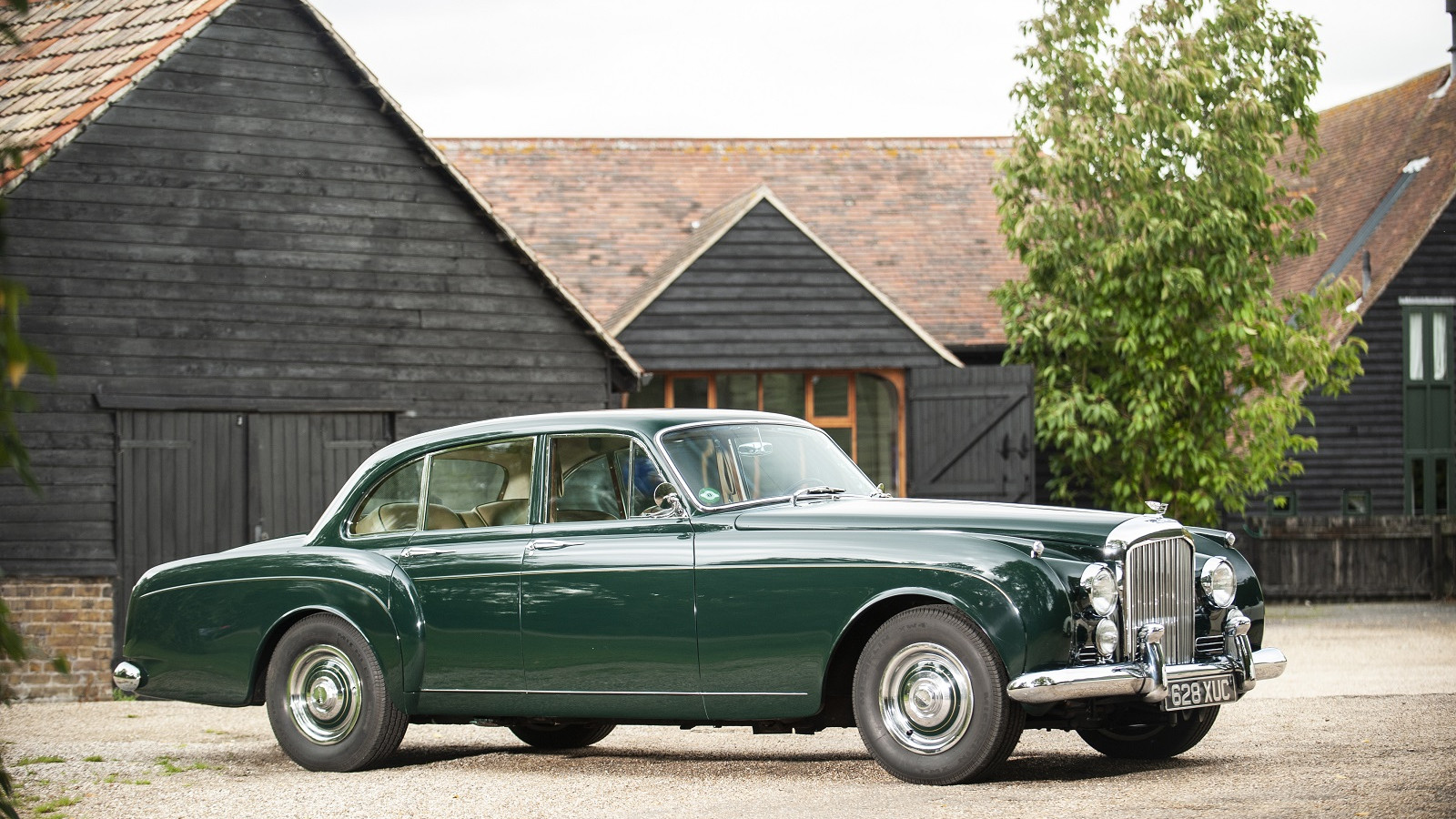 © Bentley Motors
© Bentley Motors -
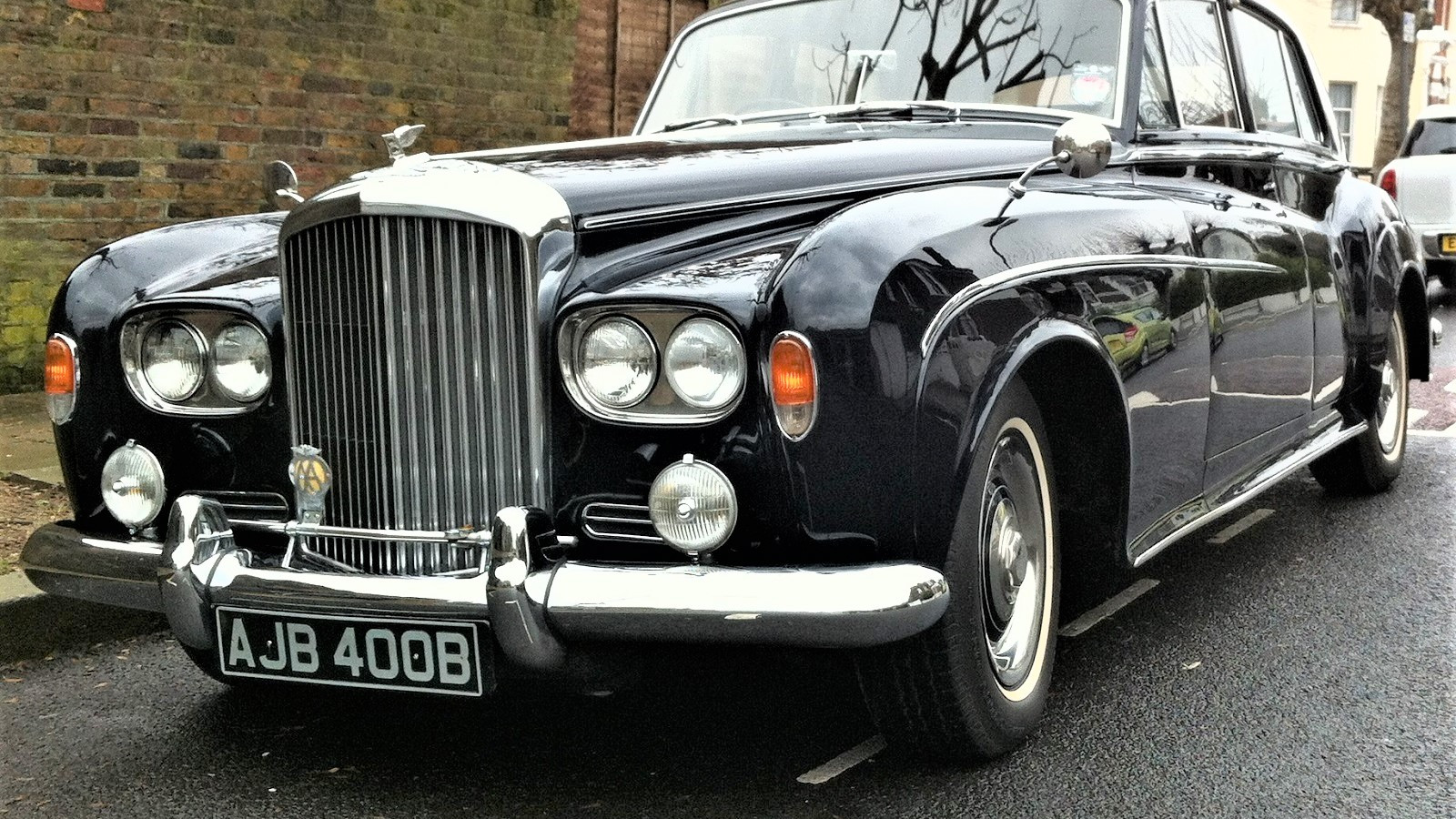 © Coys
© Coys -
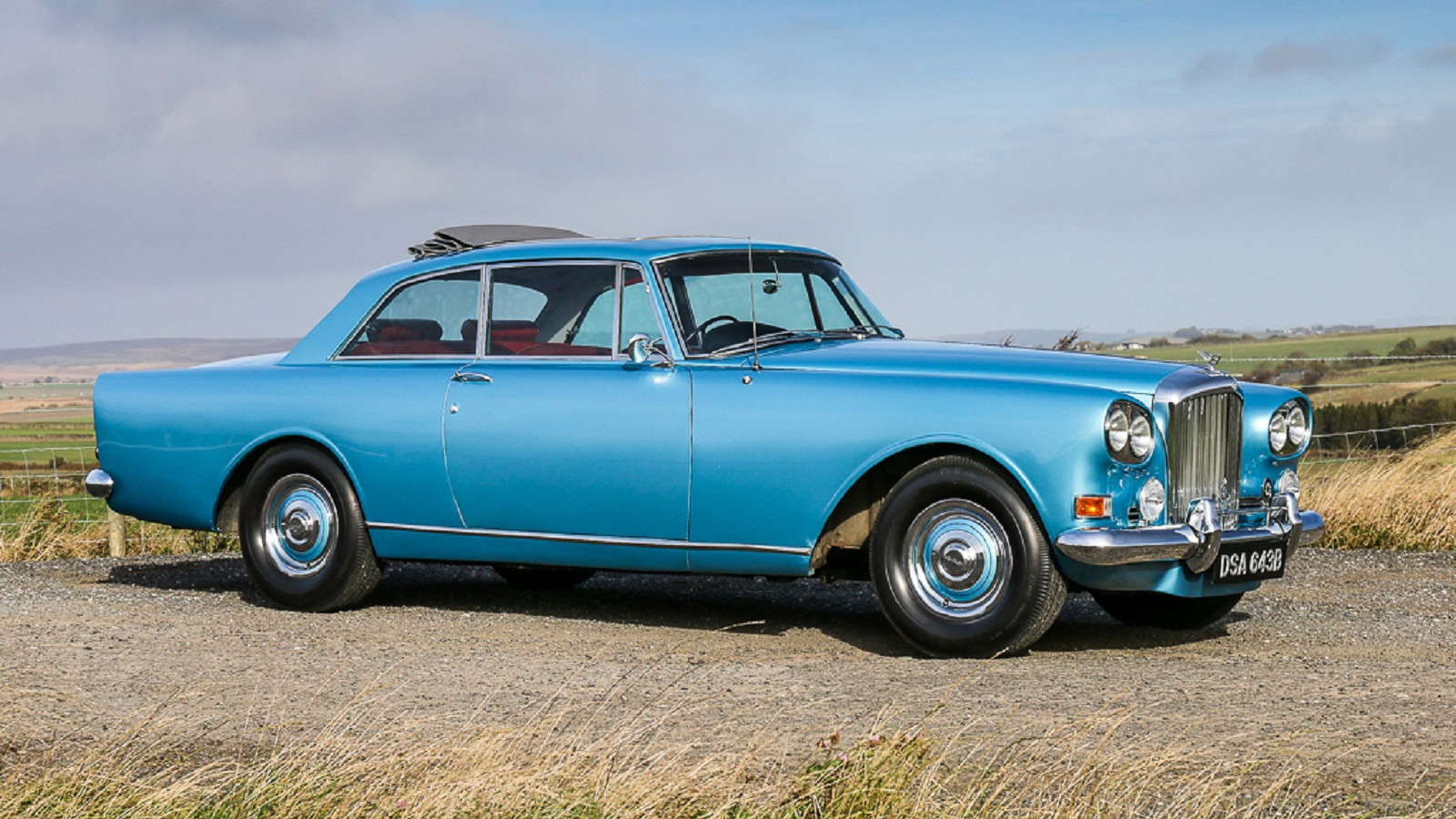 © Silverstone Auctions
© Silverstone Auctions -
 © Haymarket Automotive
© Haymarket Automotive -
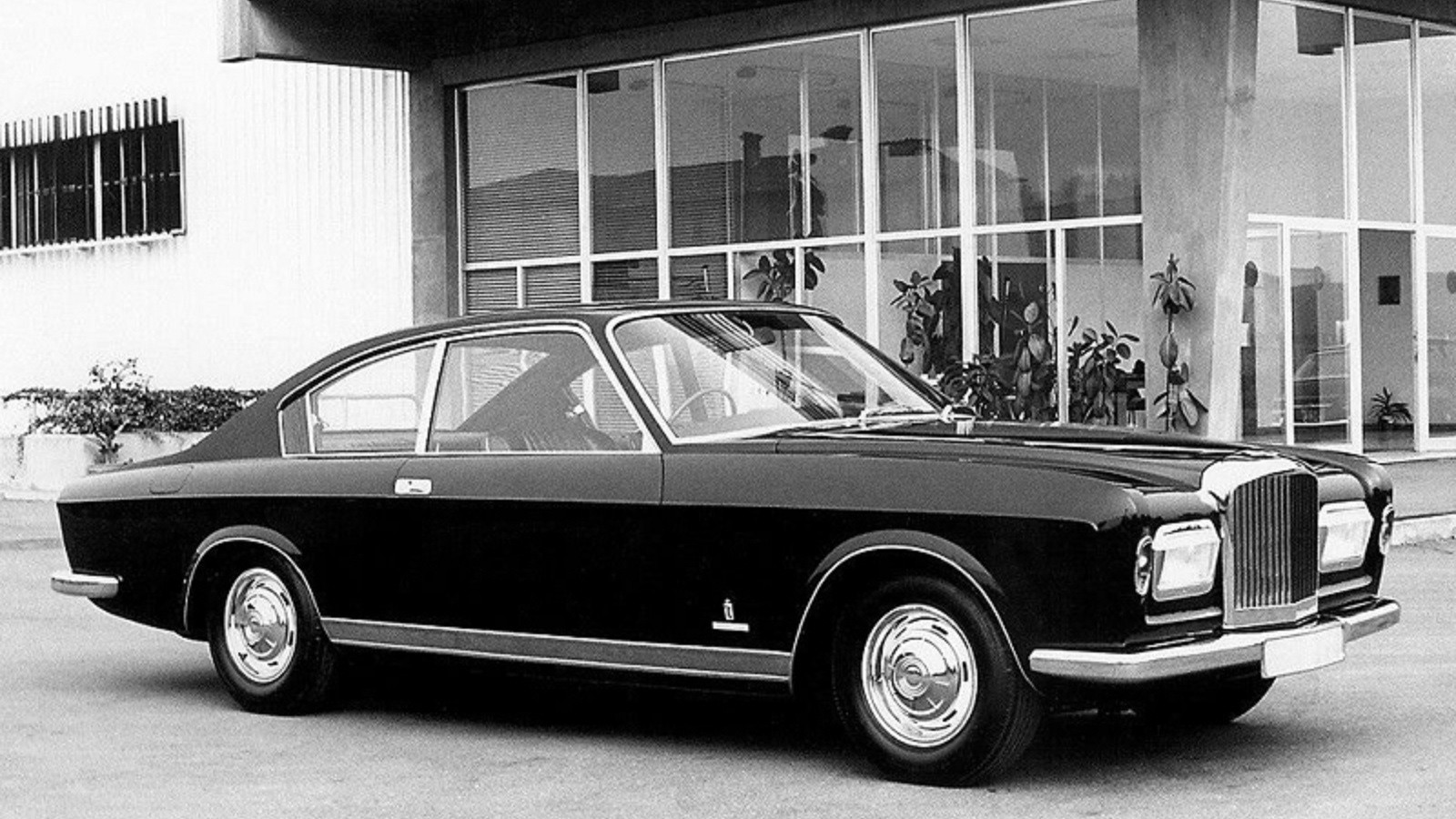 © Pininfarina
© Pininfarina -
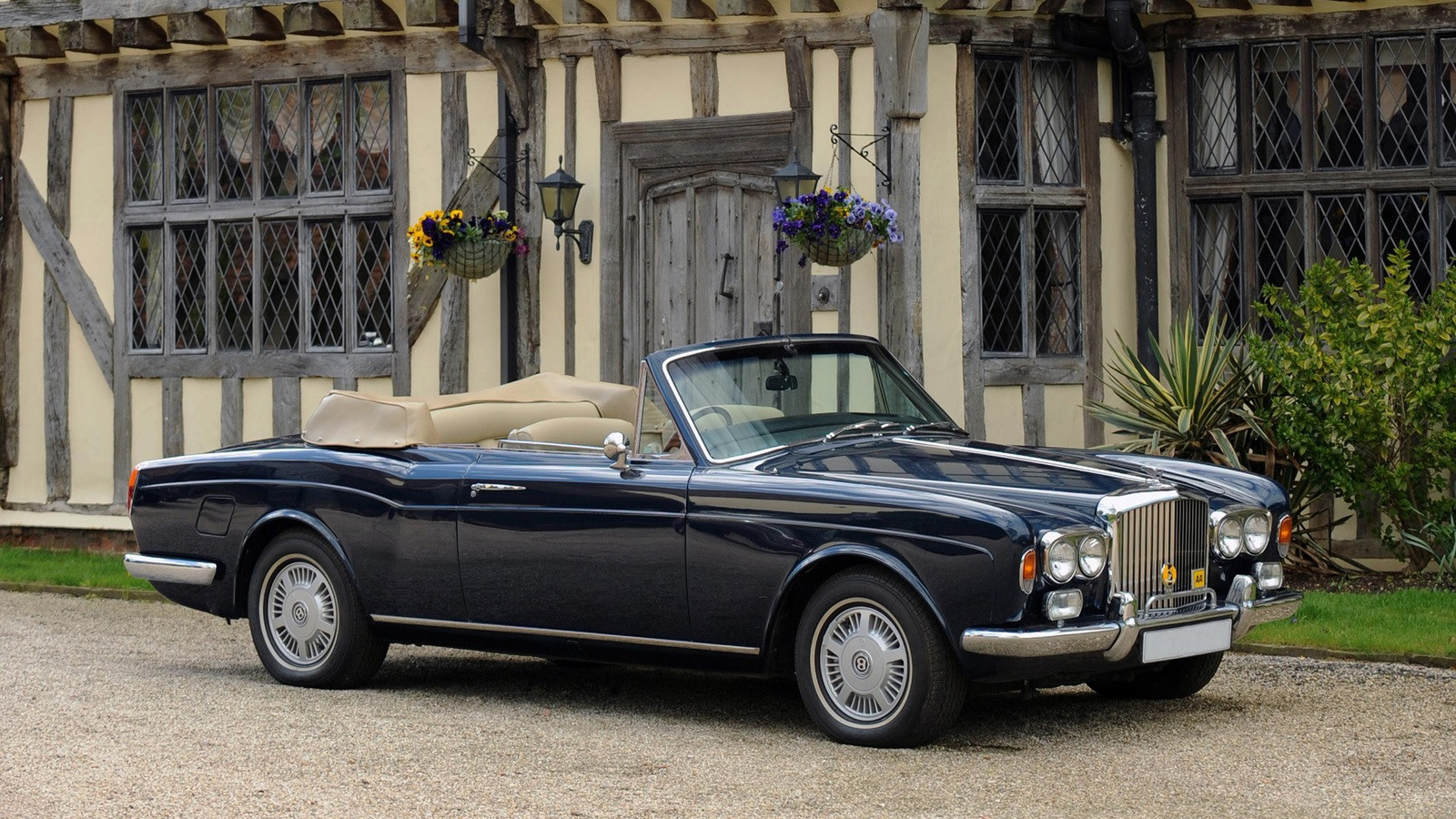 © Bentley Motors
© Bentley Motors -
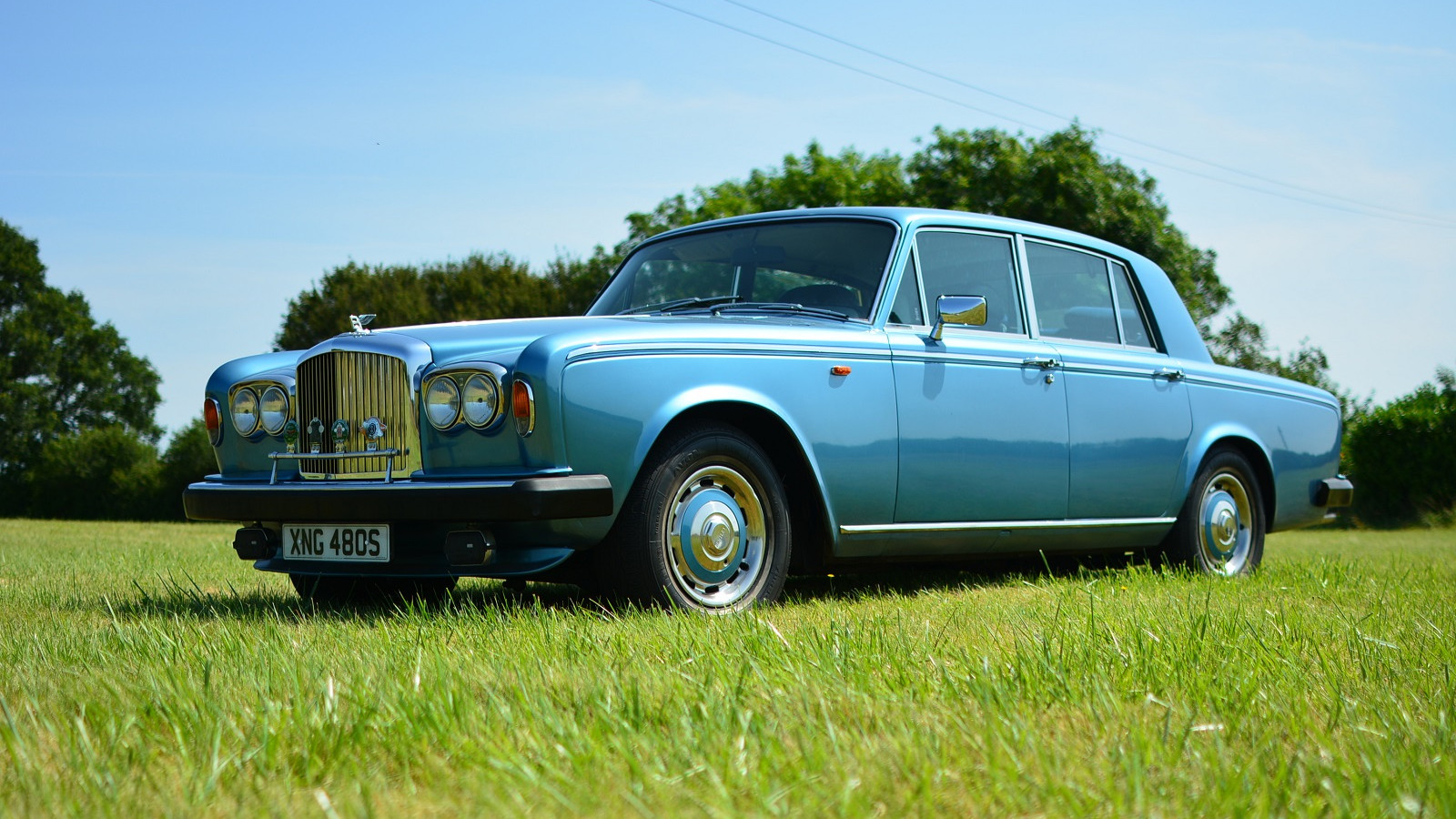 © Brightwells
© Brightwells -
 © Bentley Motors
© Bentley Motors -
 © Bentley Motors
© Bentley Motors -
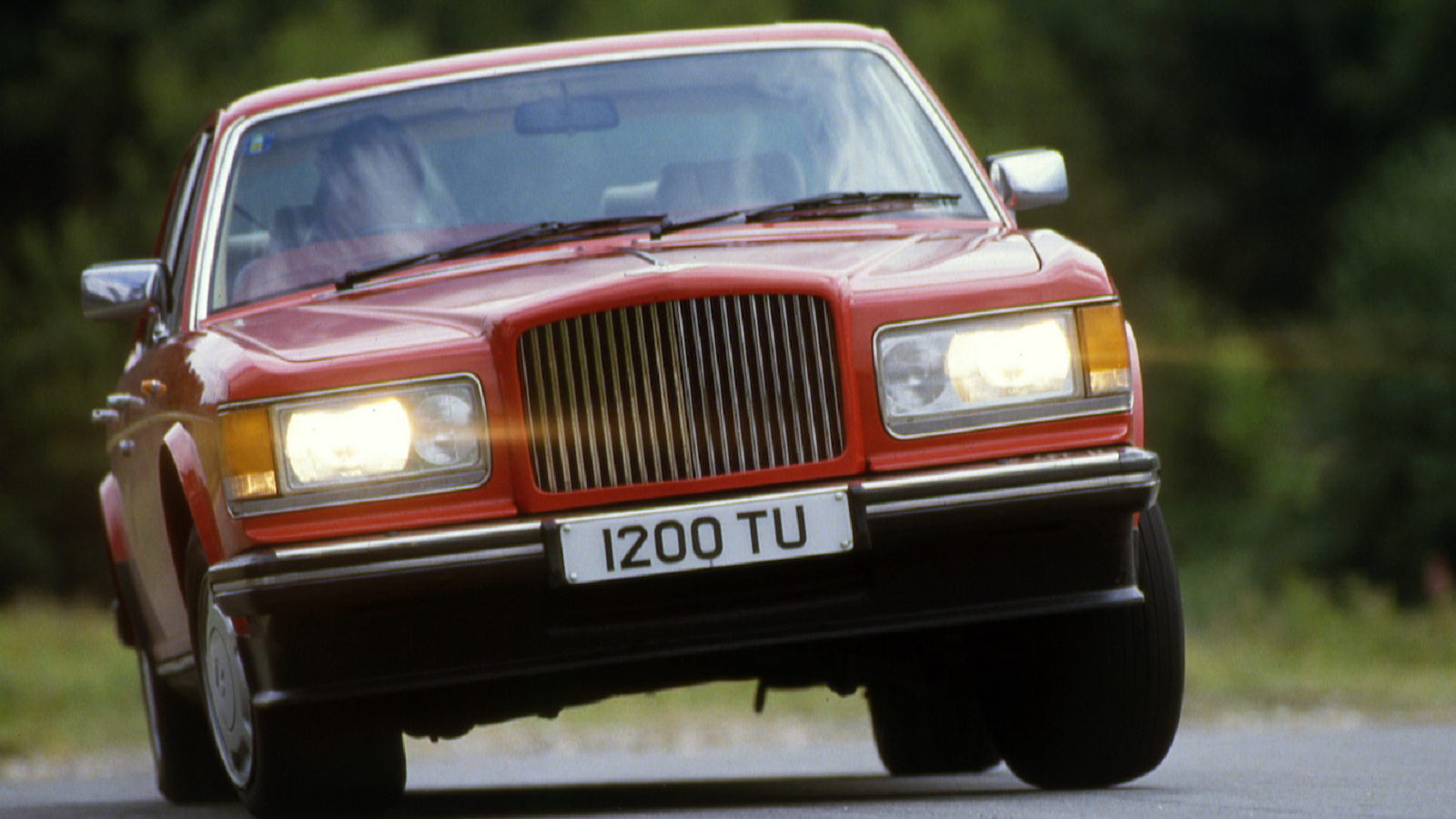 © Haymarket Automotive
© Haymarket Automotive -
 © Haymarket Automotive
© Haymarket Automotive -
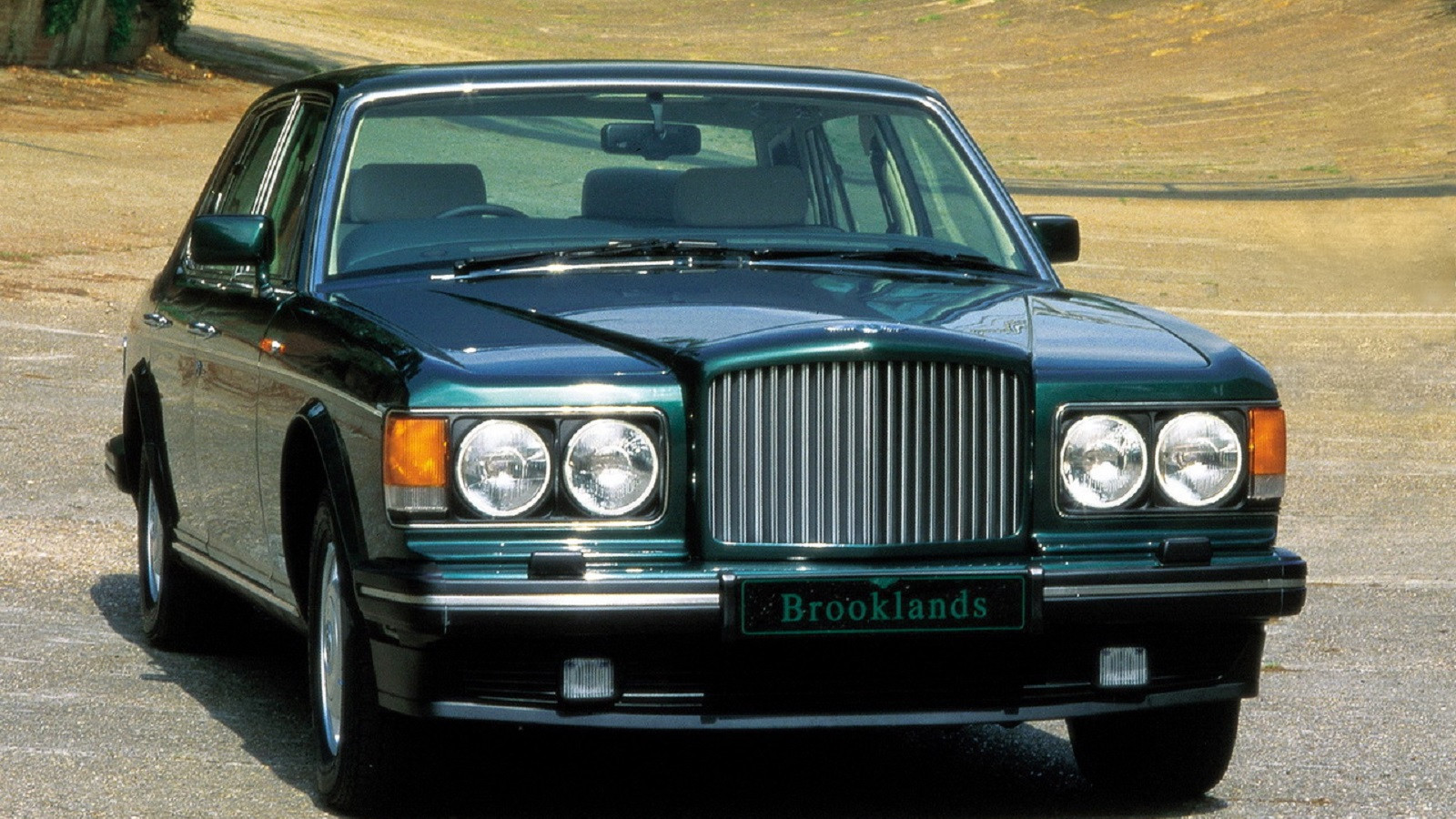 © Bentley Motors
© Bentley Motors -
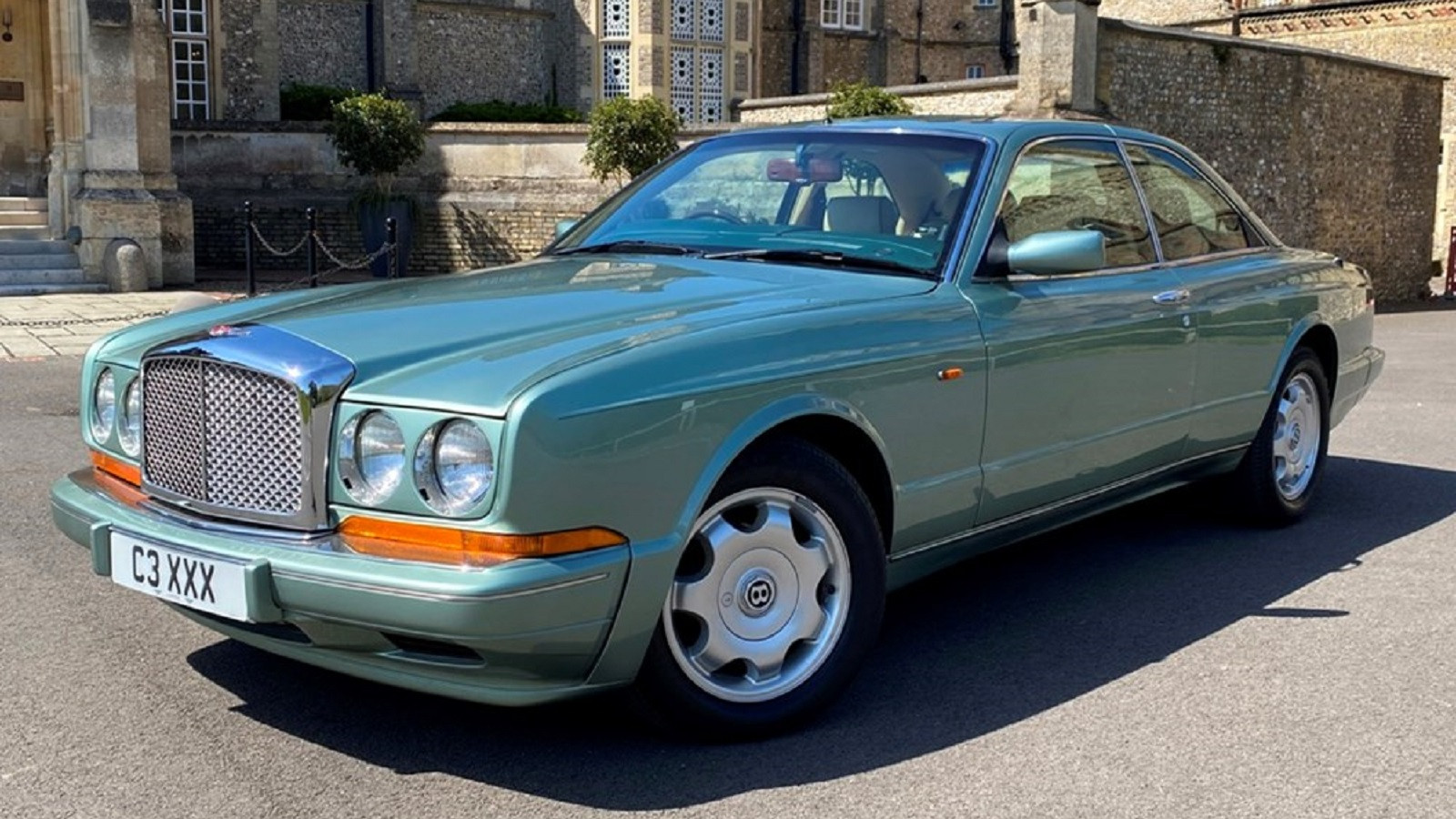 © Historics
© Historics -
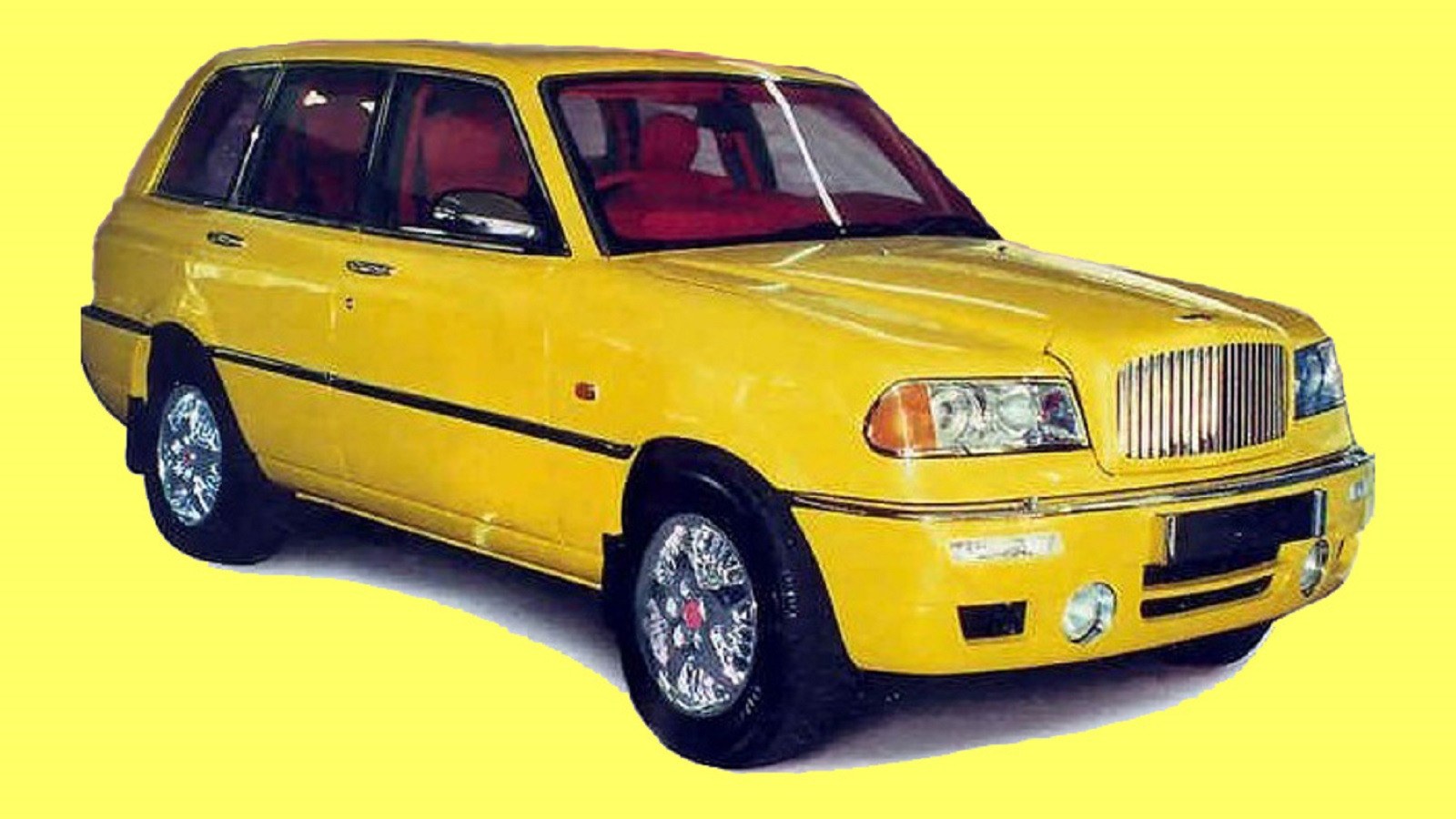 © Robert Jankel
© Robert Jankel -
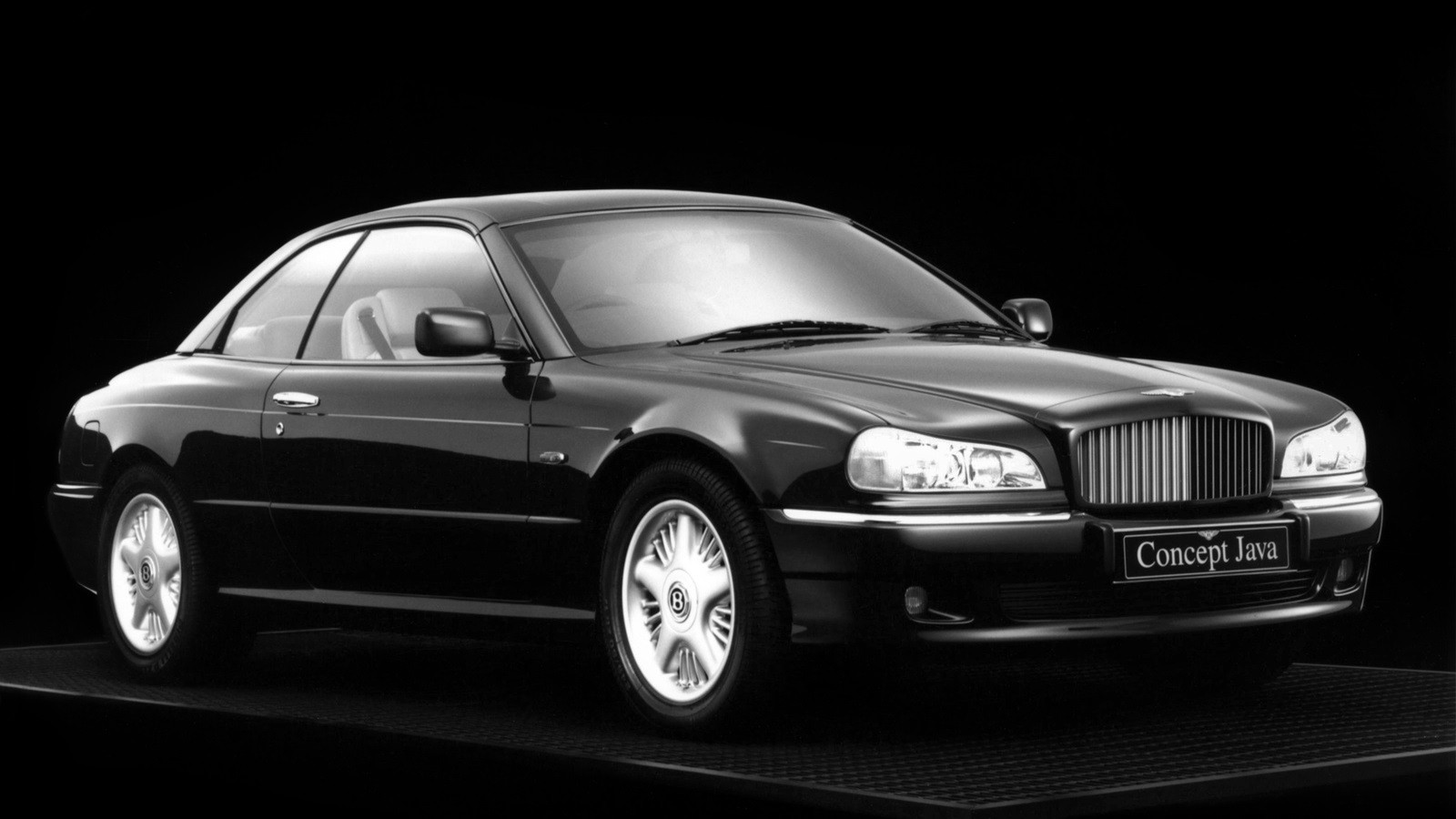 © Bentley Motors
© Bentley Motors -
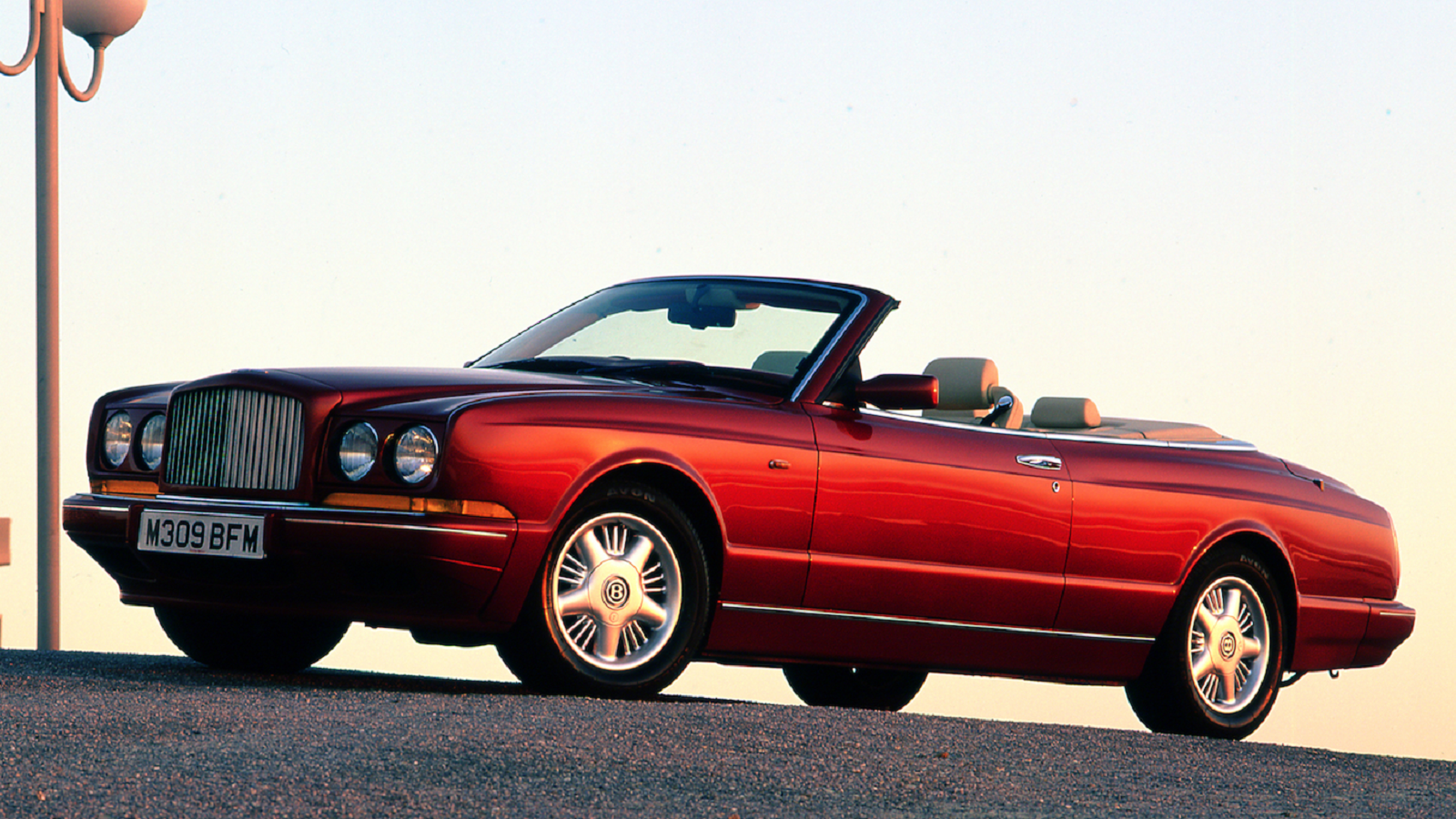 © Haymarket Automotive
© Haymarket Automotive -
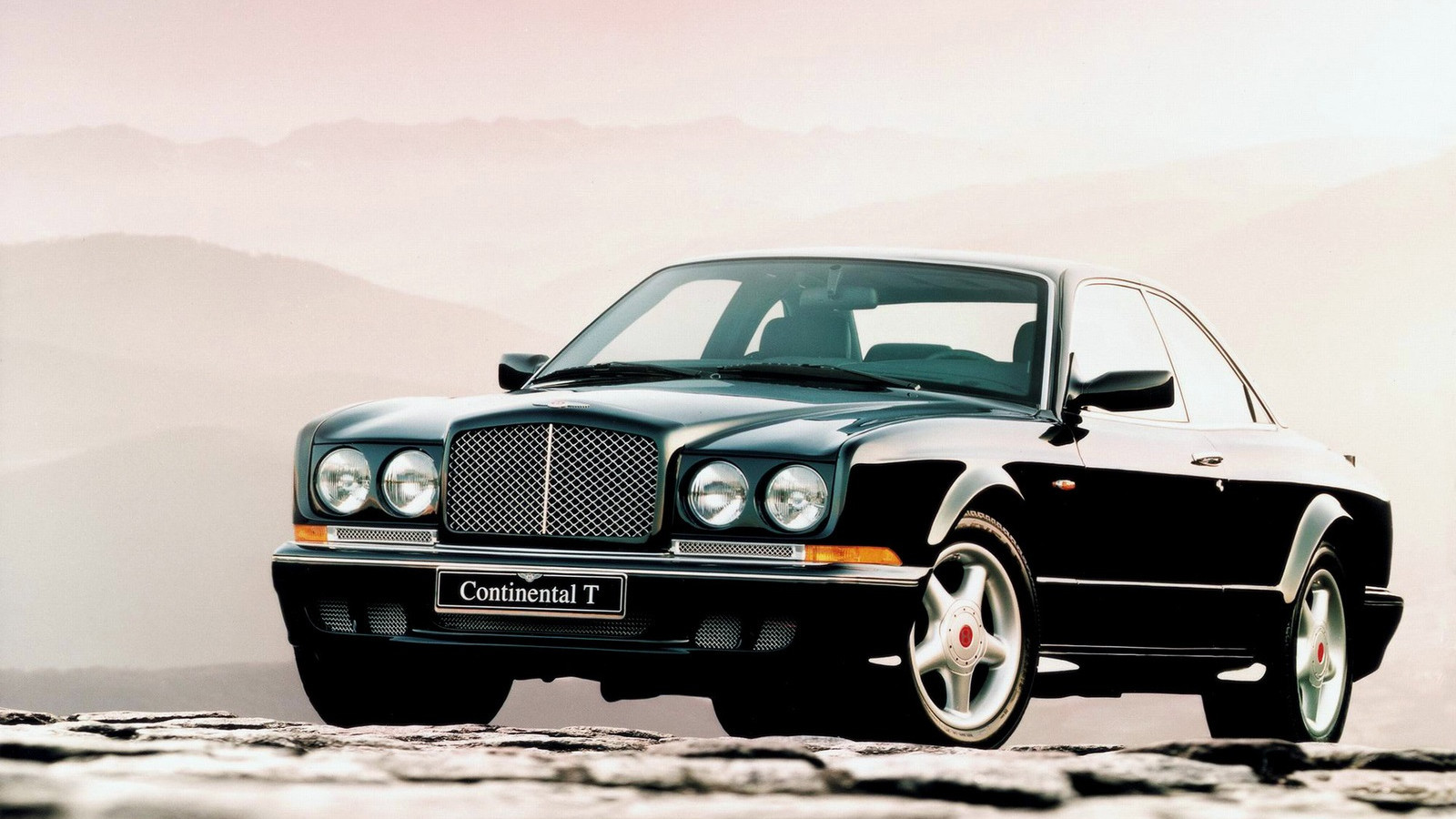 © Bentley Motors
© Bentley Motors -
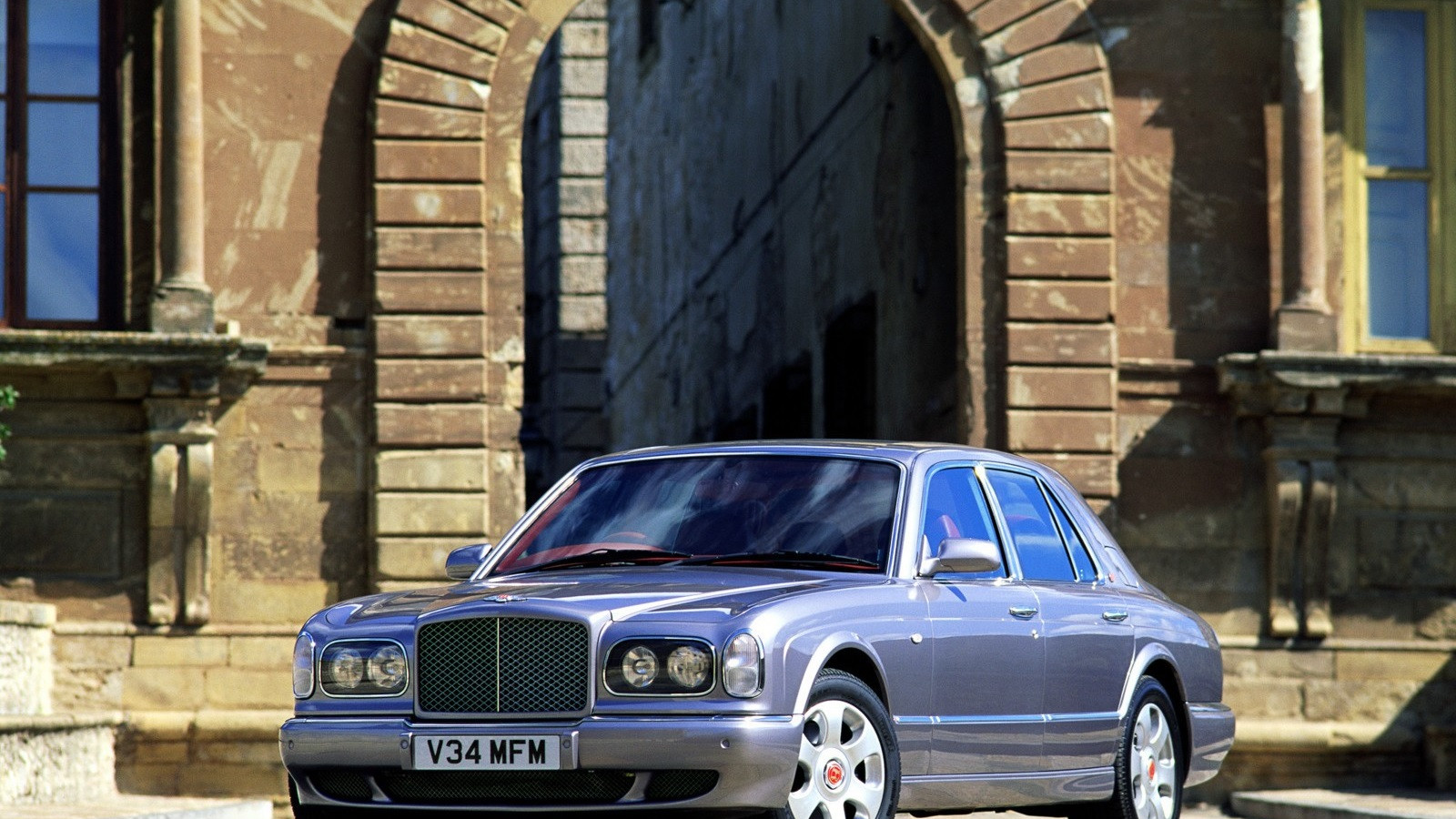 © Bentley Motors
© Bentley Motors -
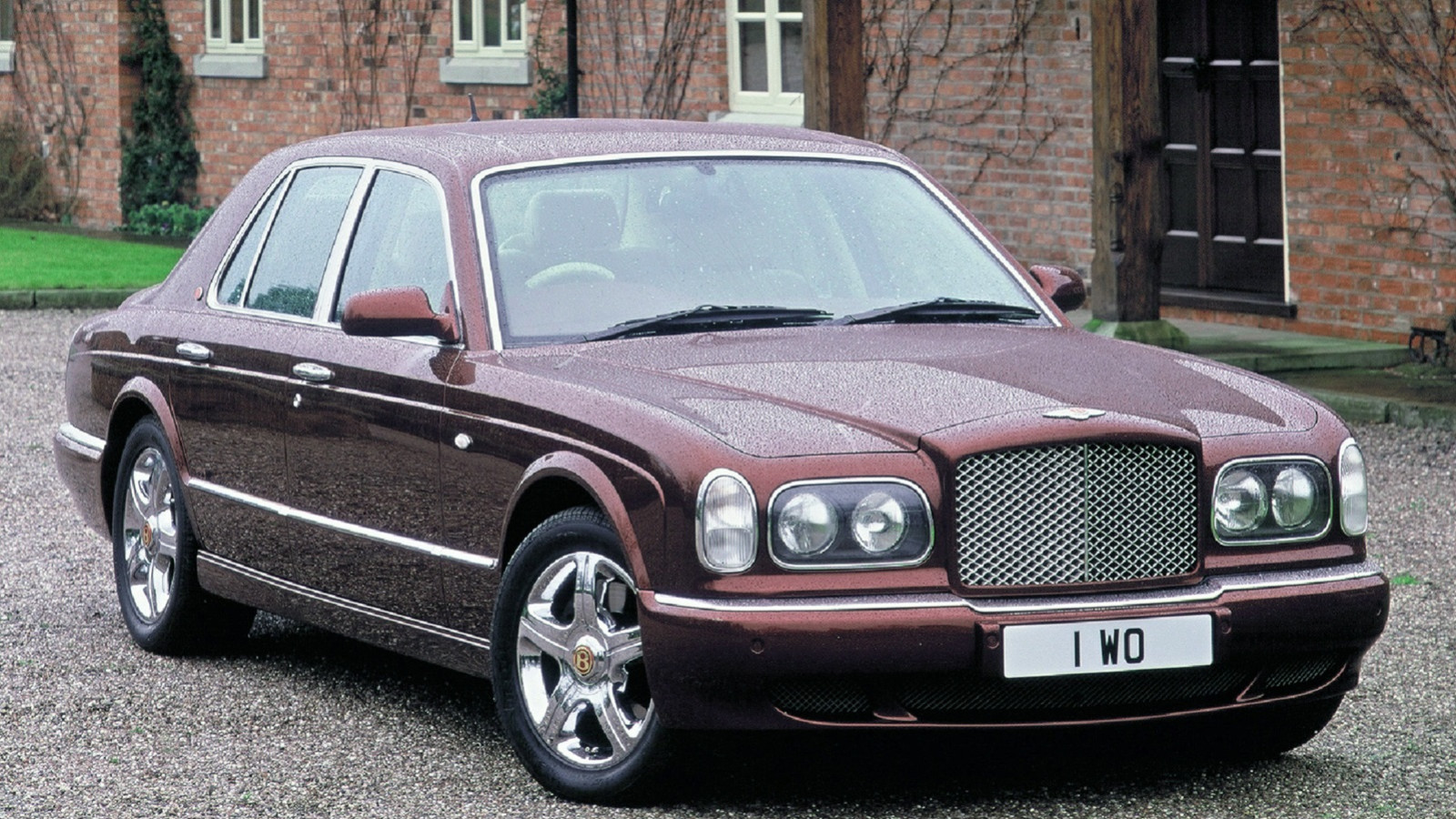 © Bentley Motors
© Bentley Motors -
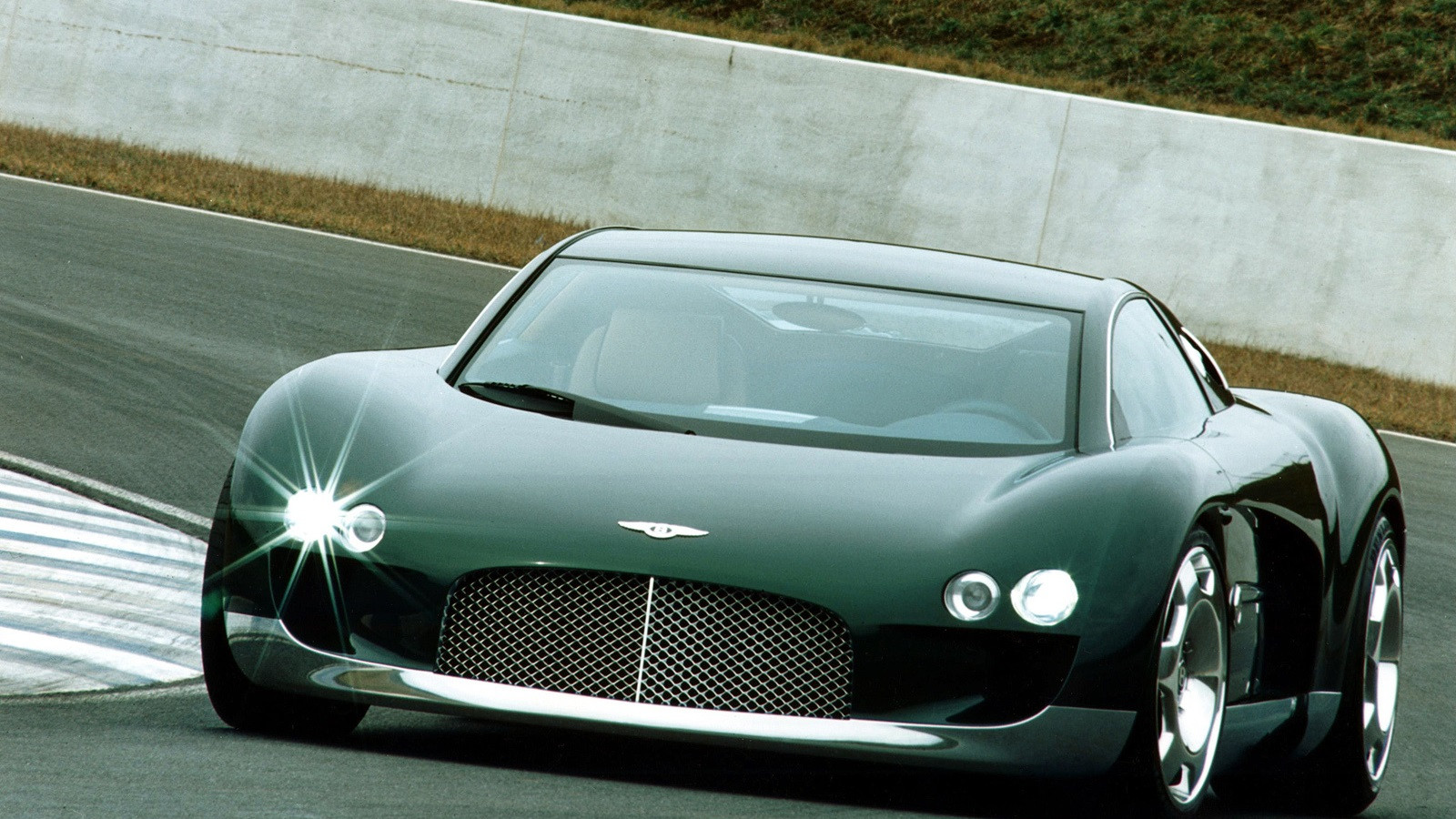 © Bentley Motors
© Bentley Motors -
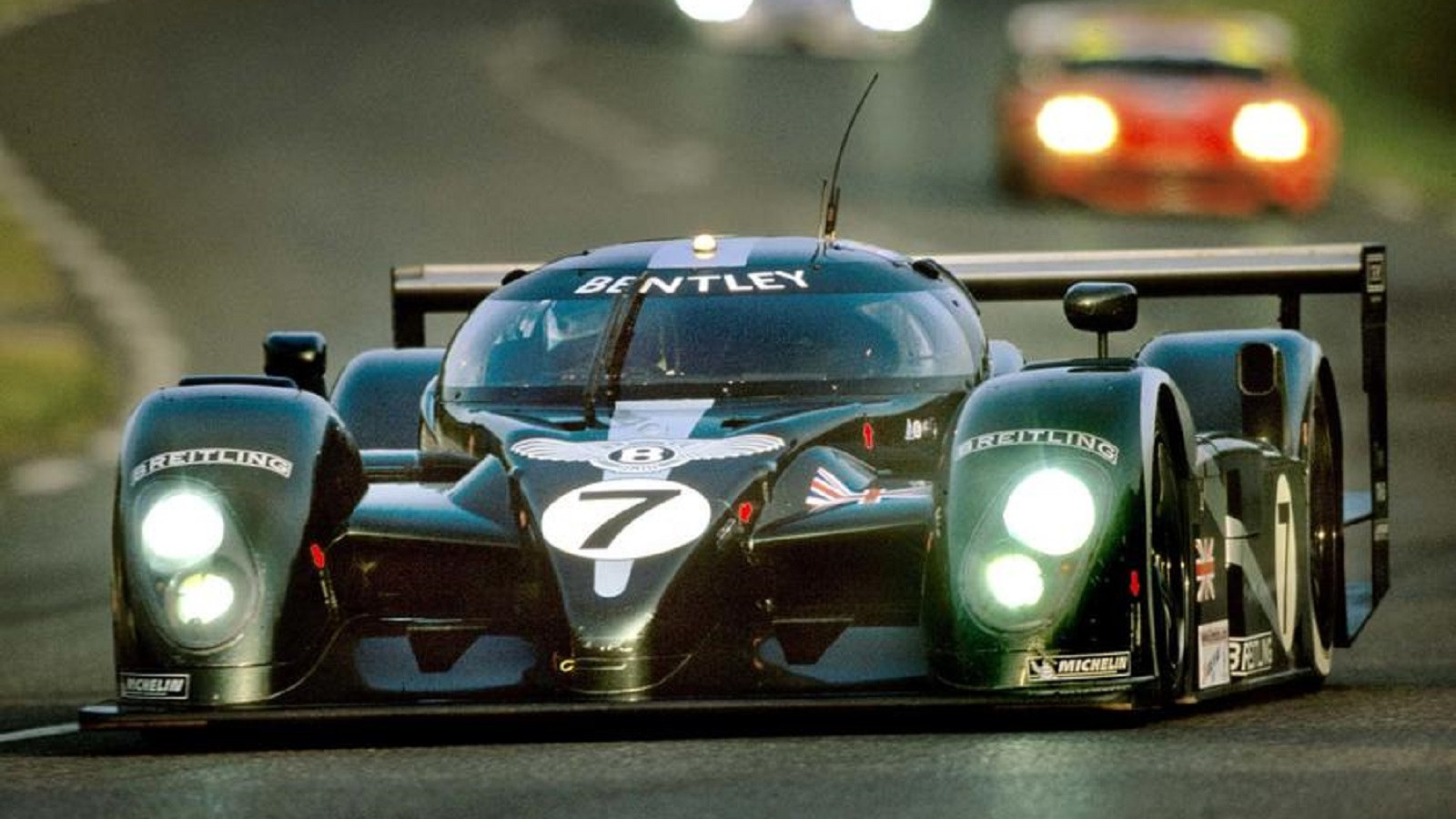 © Haymarket Automotive
© Haymarket Automotive -
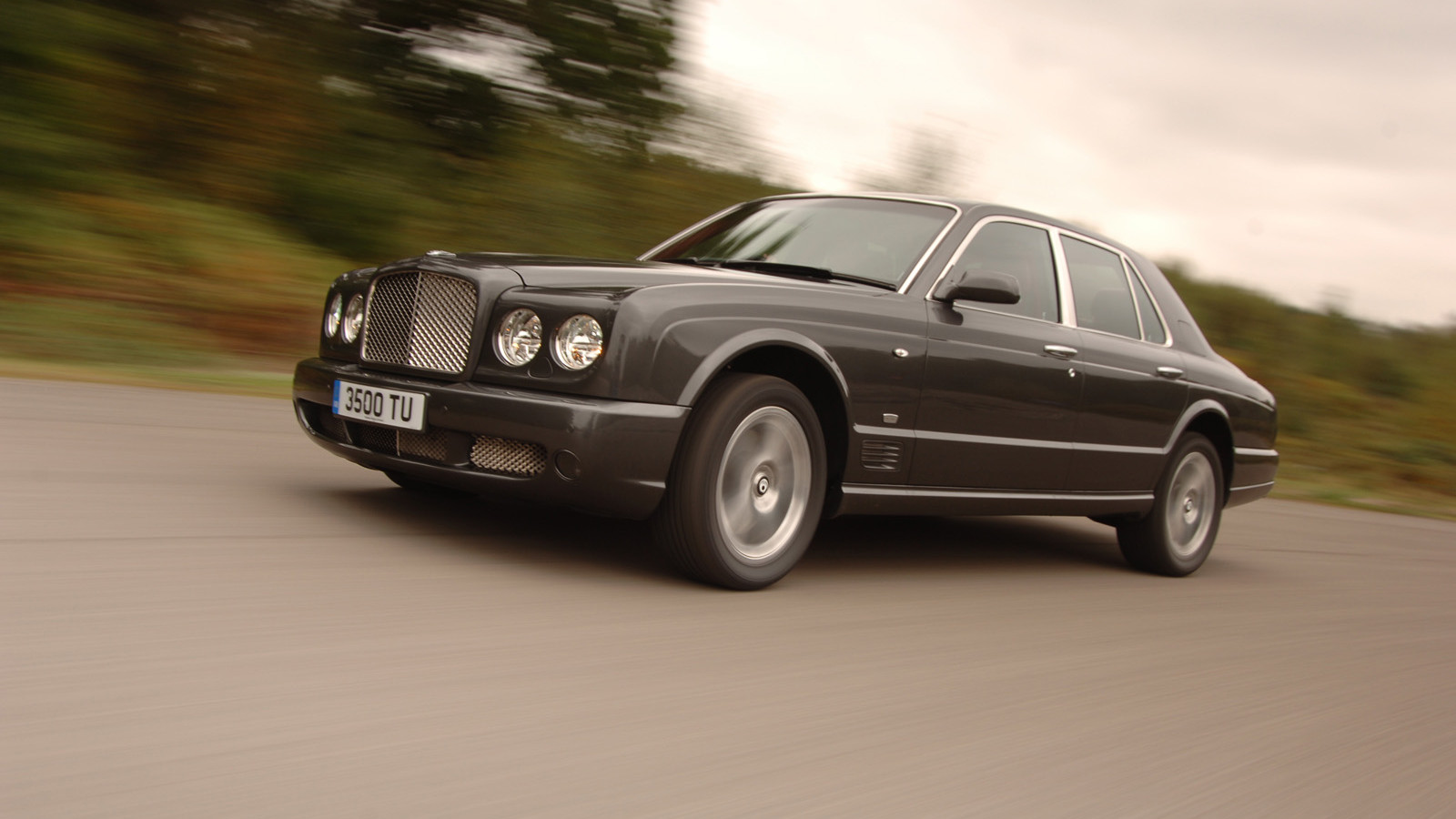 © Haymarket Automotive
© Haymarket Automotive -
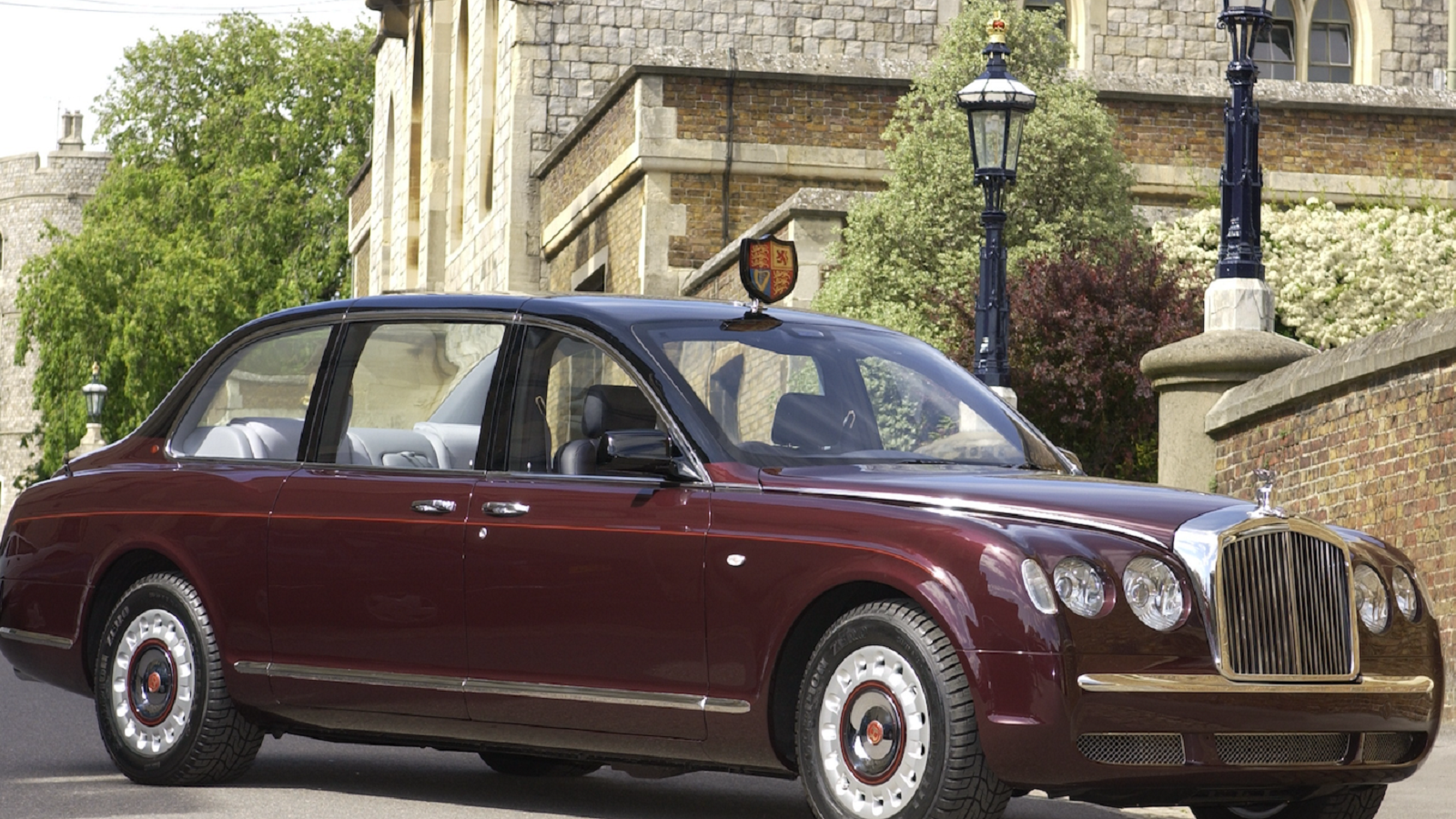 © Haymarket Automotive
© Haymarket Automotive -
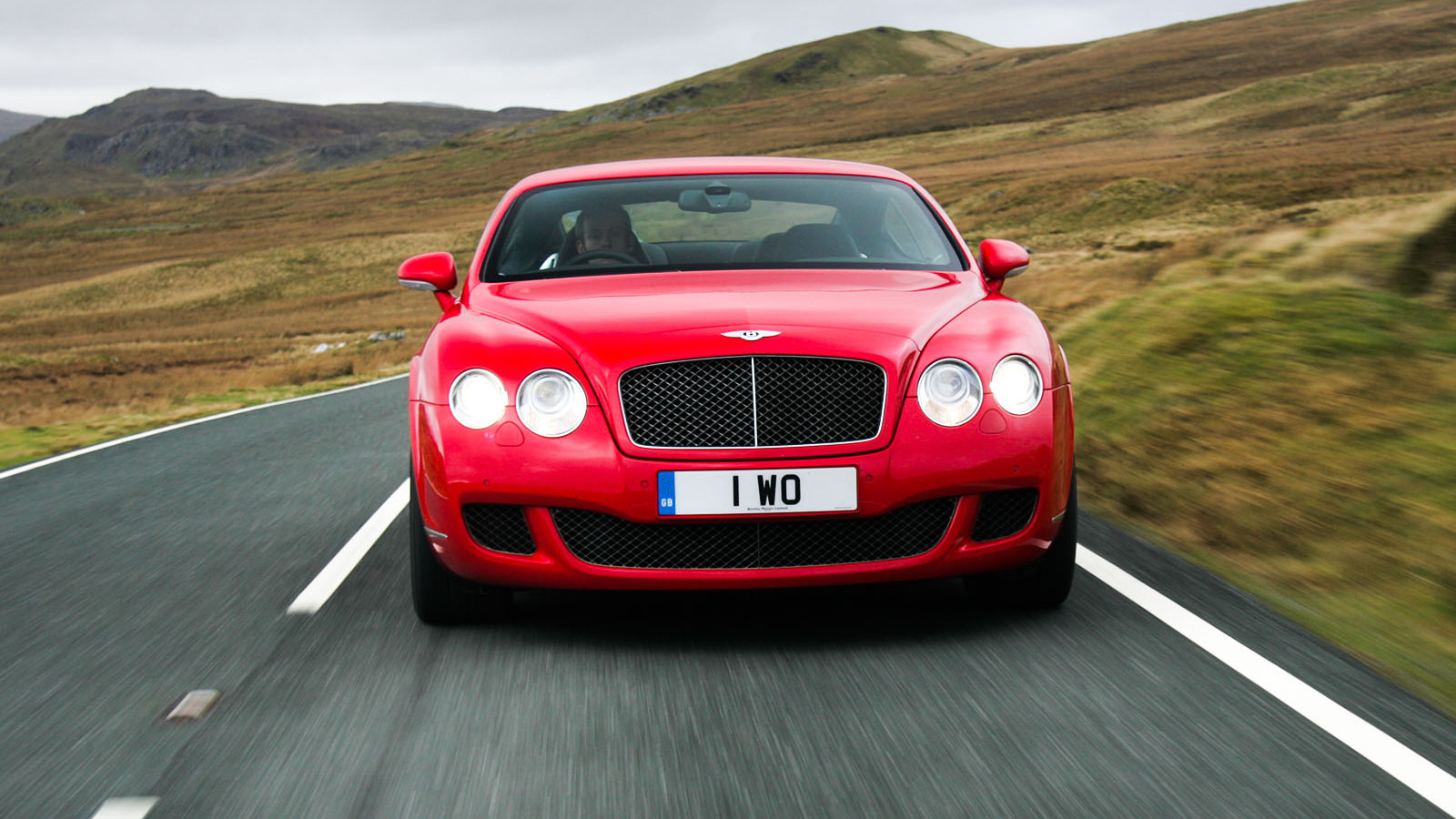 © Haymarket Automotive
© Haymarket Automotive
-
40 Bentley greats
Bentley has created many fantastic cars in more than a century of production, from essential money-makers to bespoke models made in tiny numbers.
Here’s our pick of the 40 best Bentleys from the very earliest days to the modern age, arranged in chronological order.
-
1. 3 Litre (1919)
The car that started the whole Bentley line, the 3 Litre came with a 2996cc four-cylinder engine with the unusual and sophisticated addition of a four-valves-per-cylinder design.
With its very long stroke, it gave the Bentley enormous low-down power and a handily affordable Treasury Rating for tax purposes.
Even so, you had to be very wealthy to afford the £1050 needed to buy a 3 Litre chassis in 1922, plus the cost of having a body made. Most were originally built as sedans, but many have been converted to the more popular open tourer style now.
-
2. 6½ Litre (1926)
WO Bentley’s approach to gaining more power and speed was simple: a bigger engine.
He designed a six-cylinder, 6597cc motor, still with four valves per cylinder, that gave between 140 and 180HP depending on tune. This model was primarily aimed at luxury rivals from Rolls-Royce and Talbot, but some became rapid sporting models.
The 6½ Litre used a longer chassis than the Speed Six version, which made it more suited to formal sedan coachwork. Bentley made 545 6½ Litre models of all types, including the Speed Six.
-
3. 4½ Litre (1927)
Essentially a four-cylinder version of the 6½ Litre engine, the 4½ Litre was the last Bentley to have an inline-four motor. Its 4398cc unit was good enough to propel an open tourer version to victory at Le Mans in 1928.
Even with the heavier sedan bodies fitted to most 4½ Litre cars, it was good for 90mph and acceleration from 10-80mph was said to be very strong.
Even driven hard, the 4½ Litre could also return 16mpg, almost making its £1050 chassis price seem reasonable.
-
4. Blower (1929)
Sir Henry ‘Tim’ Birkin believed forced induction was the way to give the 4½ Litre more power and performance, but WO Bentley disagreed.
Birkin developed the Blower model, with Amherst Villiers taking care of the supercharger and funding from the Honorable Dorothy Paget. The result was a car with up to 240HP.
The very first customer Blower was delivered in 1929, with the rest sold in 1930. A total of 55 original Blowers were made and it has such a big place in Bentley history that the company has built modern continuation models made to the exact specification of the original.
-
5. Speed Six (1929)
A total of 182 Speed Six models were made between 1929 and 1930, making it rare even among WO-series Bentley models. It won Le Mans in 1929 and 1930, and many consider the Speed Six to be the best of these early Bentley cars.
The most famous Speed Six was the Blue Train car, which Woolf Barnato is said to have raced and won against the train from the Côte d’Azur to Calais. There is some evidence the coupe known as the Blue Train was not used for this feat, but Barnato still won his £200 wager and gave Bentley some much-needed publicity into the bargain.
And, as with the Blower, Bentley has now released a 12-strong Speed Six continuation series.
-
6. 8 Litre (1931)
Even by vintage Bentley standards, the 8 Litre is a gargantuan machine with 12- or 13ft wheelbases on offer.
Power comes from a 7982cc straight-six that is extremely smooth and, like all Bentleys of this era, has vast reserves of low-rev power. All 8 Litre cars should be good for at least 100mph, even with the most sober sedan body.
In a bid to keep weight under control, Bentley used elektron casting for many components, which further added to the high cost of buying an 8 Litre chassis and having it delivered to your preferred coachbuilder. In all, 100 8 Litre cars were produced.
-
7. 3½-litre Derby (1933)
After Bentley was bought by Rolls-Royce in 1931, the first new model with the famous ‘B’ on its hood under the new owner was the 3½-litre.
Called the ‘Silent Sports Car’, the 3½-litre was a very different machine to the cars made under WO’s leadership. Here was a much more refined take on a sporting car that used repurposed Rolls-Royce components.
The heart of the 3½-litre was a retuned 3669cc engine from the Rolls-Royce 20/25 model, but with twin carburetors for more pep.
A 588cc increase in capacity was the main improvement for the 4¼-litre, which brought a welcome 16HP boost in power in 1936.
-
8. Embiricos (1938)
Greek racing driver André Embiricos commissioned a light, aerodynamic body for his 4¼-litre from French firm Marcel Partout to create one of the fastest pre-war roadgoing cars.
It could hit 114mph at Brooklands and was used to good effect on a very rapid European tour to prove its reliability.
Embiricos sold the car to HSF Hay, who raced it three times at Le Mans – and earned a sixth place at the 1949 24-hour race.
-
9. Corniche (1939)
The first Corniche was conceived as a more sporting version of the forthcoming MkV. It had a sleeker body, designed by Georges Paulin, and was tested at Brooklands and then in France. While in France, it crashed twice.
The second time, the chassis made it back to Crewe but the body was delayed after repairs in France and was then destroyed in a bombing raid on Dieppe.
Bentley completed the restoration of the Corniche by recreating the body at its Mulliner division. It’s now finished in the original Imperial Gray and Heather Maroon.
-
10. MkV (1940)
In many ways the missing link between Bentley’s pre- and post-war models, only 11 MkVs were made and it shares much more in common with the later MkVI than the earlier 4¼-litre.
The Park Ward body for the sedan model presaged the age of the Standard Steel sedan after the war, while independent coil-spring front suspension gave the MkV much improved ride and handling over earlier Bentleys.
The 4257cc straight-six of the 4¼-litre was used for the MkV, though this engine was due to be replaced in 1942 with a more up to date unit.
-
11. MkVI (1946)
Bentley didn’t waste any time getting back into car production at the end of the war and the MkVI was on sale in 1946. Customers could still buy just a chassis to have a coachbuilt body added, but most went for the handsomely restrained Standard Steel body.
The MkVI started out with a 4247cc straight-six as used in the pre-war 4¼-litre, but a more powerful 4.6 engine replaced it towards the end of the MkVI’s life in 1951.
In all, Bentley sold 5201 MkVI models in its six-year production span.
-
12. R-type (1952)
The R-type was something of a stopgap model between the MkVI that carried over some pre-war components and the much more modern S1.
It offered a much bigger trunk than the MkVI, and it had the 4.6-liter engine as standard. There was also an optional automatic gearbox, which became the standard transmission late in this model’s life.
Like the MkVI, the Standard Steel body was by far the most common as Rolls-Royce moved away from selling chassis-only cars. In three years, Bentley sold 2320 R-type sedans.
-
13. R-type Continental (1952)
For those who worried that Bentley had been subsumed completely into the Rolls-Royce firm, the R-type Continental gave them hope.
Here was a genuine sporting Bentley with no opposite number in the Rolls-Royce catalog. It had a tuned 4.9-liter straight-six, which was later used in the S1, and it made this sleek coupe a proper 100mph-plus car.
The fastback styling was the work of HJ Mulliner. Highly prized in period and now, only 207 were made and cars with the manual gearbox are most sought after.
-
14. S1 (1955)
Bentley sold 3107 S1 sedans to Rolls-Royce’s 2231 for the equivalent Silver Cloud, plus 121 long-wheelbase Clouds.
It says a lot about the embedded appeal of the Bentley badge at this point, even though most S1s used the same Standard Steel bodywork as the Silver Cloud.
The 4887cc straight-six engine had its last outing in this generation of Bentley, and many prefer it to the V8 motor that followed. Power steering was an option from 1957 and is good to have.
-
15. S1 Continental (1955)
The S1 Continental was offered alongside the standard sedan to give Bentley customers a sporting option, though it was more in name than driving experience.
There were two-door sedans from HJ Mulliner and Park Ward, plus convertibles that are even rarer. James Young offered a four-door sedan, while Hooper, Graber and Franay all built one body each for this car.
S1 Continentals with a manual gearbox are much prized, because the automatic transmission became standard early in 1957.
-
16. S2 (1959)
As a concession to US customers and to stay on a par with rivals from Cadillac and Lincoln, the Bentley S2 gained a V8 engine.
It was a 6230cc aluminum V8 and, while not a sporting unit by any means, it gave the S2 relaxed, effortless power to appeal to the car’s customer base.
By now, power steering and an automatic gearbox were standard fit for the S2, and the Standard Steel sedan was good for 0-60mph in 11.5 secs and a 113mph top speed.
-
17. S2 Continental (1959)
As well as a variety of stylish coachbuilt bodies from HJ Mulliner and James Young, the S2 Continental came with some mechanical differences from its mainstream sedan sibling.
There were four-shoe front brakes for better stopping power, and a higher rear-axle ratio delivered better cruising ability.
The four-door Flying Spur models were built with a special dispensation from Bentley to HJ Mulliner, and they had a bigger trunk than the two-door cars to underline their grand-touring intentions.
-
18. S3 (1962)
The biggest and most obvious update for the S3 sedan was the controversial switch to twin headlights. This was coupled with a lower hood line and reshaped front fenders compared to the previous S2.
Bentley continued to offer the chassis to its preferred coachbuilders, but the vast majority of the 1286 S3s built came with the Standard Steel body.
Under the skin, the 6230cc V8 engine had its compression raised and there was an improved power steering system added.
-
19. S3 Continental (1962)
Only 312 S3 Continentals were made and they were built in Flying Spur sedan and drophead coupe forms as some of the most expensive and desirable cars of their period.
The S3 Continental gained a better power steering assistance system, while the quad headlights distinguished this generation from earlier models.
The S3 Continental was the last of the separate-chassis coachbuilt cars, other than the Phantoms. It was also the last Bentley model for the next 40 years not to have a direct Rolls-Royce counterpart.
-
20. T1 (1965)
The T1 was the shock of the new when it arrived in 1965. Gone was the separate chassis of previous models, replaced with a unitary construction and all-independent suspension.
This was worked by a hydraulic system that also powered the four-wheel disc brakes, and it provided the self-levelling at the rear.
Power for the T1 was initially from the same 6230cc V8 as used in the S3, but this was increased to 6750cc in 1970 to give a small increase in performance and better fuel economy. By now, the Rolls-Royce version outsold the Bentley by 10 cars to one.
-
21. T1 Coachbuilt series (1966)
Not quite ready to give up on bespoke bodies for a select group of customers, Bentley offered the T1 Coachbuilt.
It was available as a two-door coupe or convertible with bodies by James Young, which built 15 cars, or others by HJ Mulliner, Park Ward or Pininfarina. The latter three accounted for 140 cars between them.
These cars all used the same platform and mechanical parts as the T1 sedan, but they were equipped to an even more luxurious standard and, along with their Rolls-Royce opposite number, were the most expensive production cars in the world at the time.
-
22. Corniche (1971)
The Corniche developed out the of the T1 Coachbuilt cars and has a slightly different rear window profile to most of the earlier models.
By now, the Bentley was identical to its Rolls-Royce cousin in everything but the badges and grille, and most buyers preferred the Spirit of Ecstasy to the Flying B, so the Corniche only sold approximately 150 units between 1971 and 1984.
The Corniche developed on the same lines as the T-Series sedans and later Mulsanne, gaining fuel injection in the early 1980s for US models. In 1981, the two-door sedan was dropped from the line-up, while the convertible was renamed the Continental in 1984.
-
23. T2 (1977)
There had been several smaller improvements to the T1 throughout its life, but a major update for 1977 resulted in the T2 name.
New impact-absorbing bumpers and a front lower spoiler were the obvious clues to the revised model, while inside it now had split-level air conditioning and a new dashboard.
Less obvious but just as important to how different the T2 drove compared to the T1 was the addition of rack-and-pinion steering. It made the T2 feel more agile and precise, though this was all relative in a car of this size and weight.
-
24. Mulsanne (1980)
The situation for Bentley didn’t look great when the Mulsanne arrived in 1980. Here was another Rolls-Royce with little more than Bentley badges added.
There was nothing wrong with the Mulsanne itself, which was a bigger, better, faster and more luxurious car than the T2. It had front sports seats and a black radiator insert to set it apart from the Rolls Silver Spirit, and the Mulsanne S replaced the original in 1987.
However, there were stirrings that showed Bentley was set to gain a more separate identity from its parent company. The Mulsanne Turbo arrived in 1982 to bring forced induction back to a Bentley, giving it a top speed of 123mph and 0-60mph in 6.8 secs.
-
25. Eight (1984)
If ever there was a Bentley bargain, the Eight was it. The list price was cut by some £10,000 compared to the Mulsanne, bringing the Bentley name within reach of a wider audience that was quickly becoming wealthy in the mid-1980s.
Almost all of the luxury kit was still in place, but because customers didn’t expect a Bentley to be as opulent as a Rolls-Royce, the lower price made sense.
The Eight was easily spotted by its twin headlights in place of the single units normally used, while the chrome radiator surround and mesh grille harked back to the firm’s 1920s glory years. The Eight proved a success and Bentley shifted 1734 of them.
-
26. Turbo R (1985)
Bentley’s renaissance really got going with the launch of the Turbo R in 1985. At its heart was the usual 6750cc V8 engine but with an AiResearch turbocharger – it was enough for the Turbo R to jettison itself from rest to 60mph in 6.6 secs.
Top speed for the Turbo R had to be capped at 135mph, because there were no suitable tires in production at the time to cope with the car’s performance and 2.4-tonne weight.
However, drivers could still enjoy the performance thanks to firmer suspension for the Turbo R that made it much more fun on switchback roads.
-
27. Continental R (1991)
The first standalone Bentley body style since the 1960s marked out the Continental R as something very special.
It lived up to the hype with its sleek two-door styling and much lower-line radiator, which was finished in body color. Underneath, the main structure was the same as the Turbo R’s, including the engine, but there was a new automatic gearbox sourced from General Motors for the Continental R.
Thanks to its better aerodynamics and less weight, the Continental R could nudge past 150mph and cover 0-60mph in 6.2 secs to be faster than the Turbo R.
-
28. Brooklands (1992)
The Brooklands name took over from Mulsanne for Bentley’s main four-door sedan offer in 1992.
While the Brooklands was broadly similar to the car it replaced, including quad-headlamp styling, there were improvements such as the adaptive damping for the suspension.
In 1993, Bentley announced a 20% increase in engine power, though this was hard to gage because the company still didn’t disclose horsepower figures for its cars at the time.
The biggest shift with the Brooklands came in 1996 when it gained a light-pressure turbocharged engine as standard. Bentley finally owned up to power outputs and told the world the Brooklands now had 300HP.
-
29. Continental S (1994)
The Continental R had more than proved the market was there for a Bentley coupe, so the company started to offer even quicker versions.
The S arrived in 1994 with a liquid-cooled chargecooler, which helped the engine develop 385HP and gave a 0-60mph time of 6.1 secs.
The Continental S was limited to a production of 37 cars and they were only offered to favored existing Bentley customers. The same was true of the subsequent California and R Mulliner special editions.
-
30. Dominator (1994)
Long before Bentley offered is first production SUV, the Bentayga, the Sultan of Brunei wanted a Bentley off-roader.
The result is the Dominator, though it wasn’t the first all-wheel drive Bentley for the Brunei royal family because it had already ordered the Val d’Isere based on a Turbo R and built by Robert Jankel Design.
The Dominator was based on a Range Rover, to gain a readymade all-wheel drive system, and it was styled by Roy Axe’s Design Research Associates. In all, six Dominators were built and delivered to the Brunei royal family.
-
31. Java concept (1994)
A true ‘what if’ moment for Bentley came at the Geneva motor show in 1994 when it displayed the Java concept.
Here was a compact convertible with single-piece headlights that summed up the Bentley ethos, but in a car that would be more driver focused and affordable. However, Bentley decided against putting the Java into production.
That wasn’t the end of the story for this car, however, because the Sultan of Brunei took a fancy to the Java and ordered six coupes, six convertibles and six station-wagon versions.
All came with a turbocharged 3.5-liter BMW V8, which matched the BMW 5 Series platform that the Java was based on.
-
32. Azure (1995)
The Azure lifted Bentley’s four-seat convertible offering to an even higher level of opulence when it was launched in 1995.
This was reflected in a list price that started at £215,000 and could easily be raised with help from the almost endless options list. Underneath, the Azure stuck with the Turbo R’s platform and 6.75-liter V8 engine.
The body was made from pressings by Park Sheet Metal and put together and painted by Pininfarina, before being sent to the Bentley factory in Crewe for completion. Pininfarina was also responsible for the powered folding-roof design and installation.
-
33. Continental T (1996)
It may have looked similar to the Continental R, but the T was a very different beast. The floorpan was shortened by four inches, which greatly reduced rear leg room, but it improved the handling and this was further helped by much firmer suspension and 18in wheels.
Power was up to 400HP from the turbocharged 6750cc V8 engine and top speed was electronically limited to 155mph.
Bentley went on to offer a Mulliner as the ultimate version of this car with 420HP, and there was an SC model with removable targa-style roof panels.
-
34. Arnage (1998)
Finally, Bentley and Rolls-Royce got an all-new platform to replace the T1/Silver Shadow base that went back to 1965.
Built on a new production line at Crewe, the Arnage arrived a few weeks after the Silver Seraph from Rolls, and it was an instant hit with buyers as it looked sufficiently different from the V12-powered Seraph.
Power for the Bentley came from BMW and was a twin-turbo 4.4-liter V8. Some claimed it wasn’t as smooth as the old 6.75-liter V8, though there was nothing wrong with the Arnage’s performance of 0-60mph in 5.9 secs and 155mph.
It also had all of the old-school interior charm expected of a Bentley.
-
35. Arnage Red Label (1999)
A nagging feeling that a BMW V8 didn’t belong under the hood of a Bentley led the company to reinstating the old 6750cc V8 for the Red Label, with the BMW-engined version called Green Label.
The Red Label instantly became the Arnage to have and the Green Label quickly withered on the vine.
When Bentley and Rolls-Royce were split up in 2000, with Bentley going to the Volkswagen Group, the BMW engine was quickly dropped and the Arnage was only offered with the 6.75-liter V8. In time, it was developed further and eventually produced a maximum of 500HP when the last Arnage rolled off the line in 2009.
-
36. Hunaudieres concept (1999)
Named after the corner when Sir Tim Birkin in his Blower Bentley passed Rudolf Caricciola in the rival Mercedes SSK at Le Mans, the Hunaudieres was unveiled at the 1999 Geneva motor show.
This was a very different automobile for the British firm and showed its intent to move away from only selling luxury sedans and variations on that theme.
Under the Hunaudieres’ hood was an 8.0-liter W16 engine that generated 632HP. This gave a claimed top speed of 217mph, but the motor was eventually to see production in the Bugatti Veyron with four turbochargers. Bentley, instead, used a W12 6.0-liter engine in its new Continental GT range.
-
37. EXP Speed 8 (2001)
Bentley was on a roll by the early part of the millennium, backed by VW money, and it revealed the EXP Speed 8 in 2001 to race at Le Mans.
It was closely related Audi’s R8C endurance race car, and the EXP Speed 8 took Bentley back to Le Mans 68 years after it last raced there.
Its first outing in 2001 yielded a third place, powered by a twin-turbo 4.0-liter V8 engine. For 2002, the team was back with an improved Speed 8 and took fourth overall, while in 2003 Bentley achieved its goal of winning again at Le Mans.
-
38. Arnage T (2002)
Bentley took the opportunity to update the Arnage in 2002, dropping the single turbo 6.75-liter V8 in favor of a twin-turbo version for both the R and T models.
With a hefty 456HP and 645LB FT of torque, the weight of the Arnage was almost irrelevant – it could still accelerate from rest to 60mph in 5.5 secs and head on to 170mph flat out.
Even towards the end of its life, the Arnage T was being refined and improved. In 2007, low inertia Mitsubishi turbochargers replaced the earlier Garrett units for better throttle response, and a six-speed automatic gearbox replaced the five-speed unit in previous Ts.
-
39. Bentley State Limousine (2002)
For the Queen’s Golden Jubilee in 2002, Bentley came up with the perfect gift in the shape of a new State Limousine. Two were made, so there was always one spare just in case the other should fail to proceed.
Based on the Arnage’s platform, the State Limousine measures 6.2m in length and was designed to allow its rear passengers to step in and out of the car. A 406HP version of the Arnage’s twin-turbo V8 engine powers the State Limousine.
Other unique features are opaque windows that can be fitted to give the car’s rear occupants more privacy, and it comes with armor plating and a sealed rear cabin with its own air supply in case of smoke or gas used outside the car.
-
40. Continental GT (2003)
The first all-new car from Crewe under the ownership of Volkswagen, the Continental GT was a huge hit from the start. Its 6.0-liter twin-turbo W12 engine offered effortless performance all the way to its 200mph top speed.
With standard four-wheel drive, it was able to put the power down and the GT handled with a sense of control and precision unheard of in previous Bentleys.
Inside, the Continental GT had a suitably luxurious cabin with four seats, and a GTC convertible joined the range in 2006. With an initial list price starting at £110,000, the GT was a runaway success and saw Bentley production soar from around 800 cars per annum to more than 10,000.
